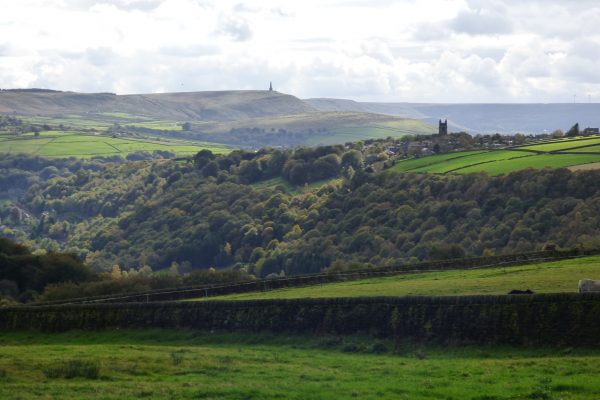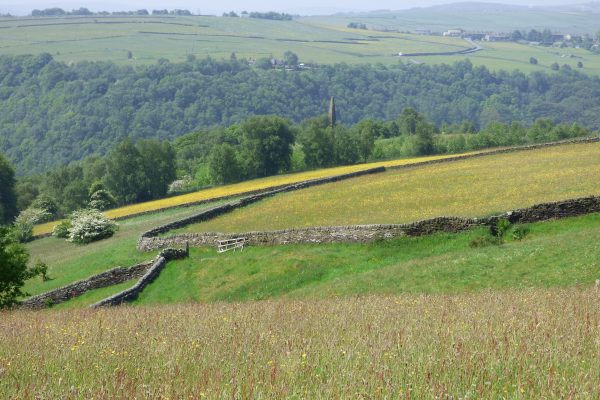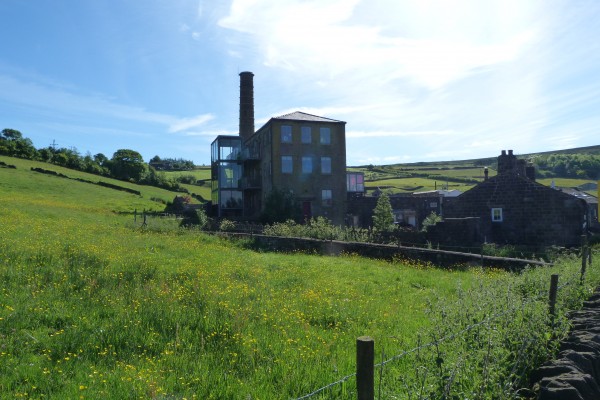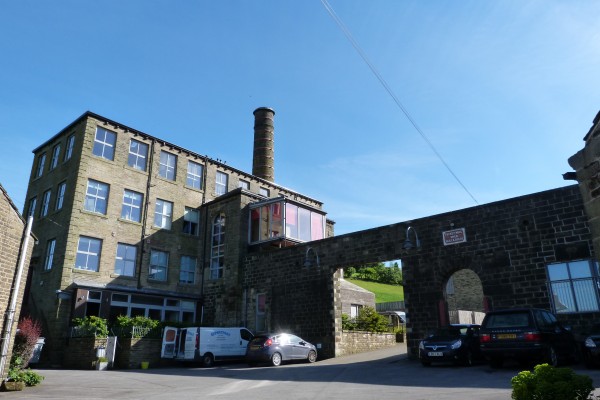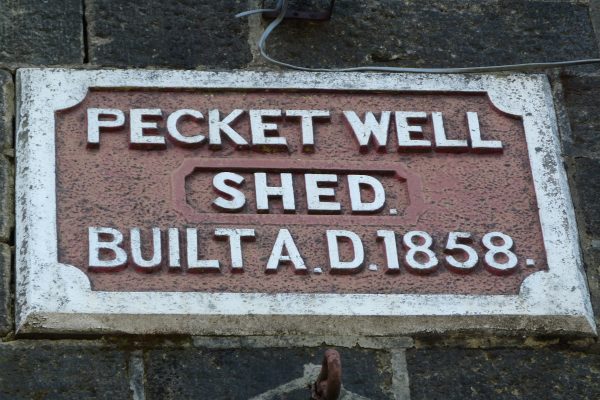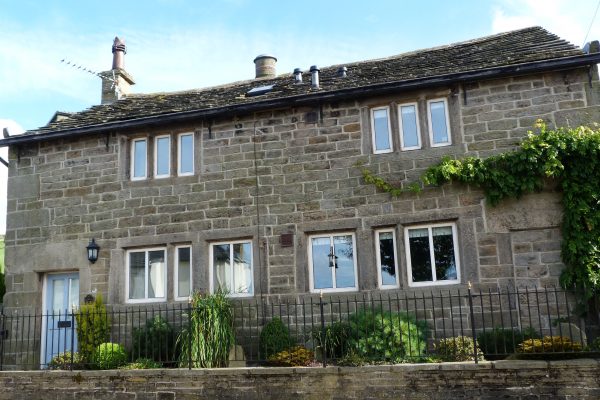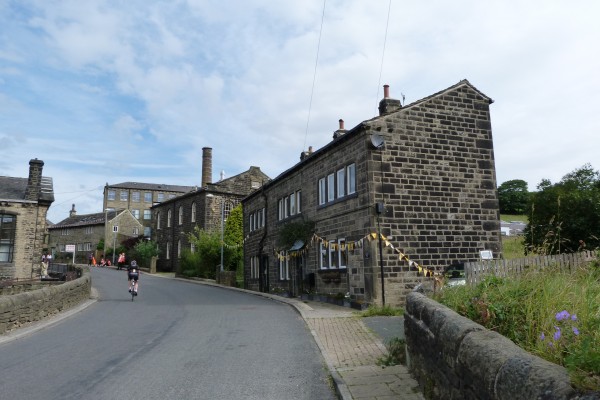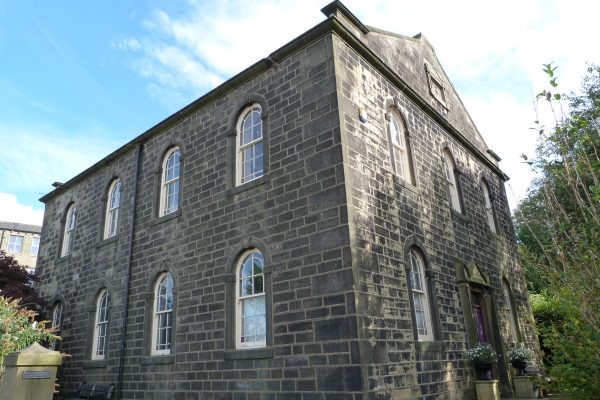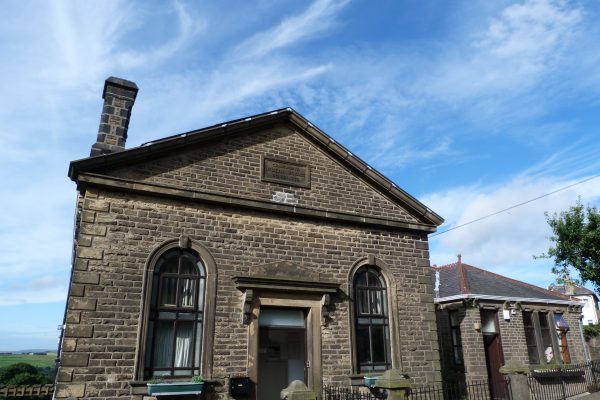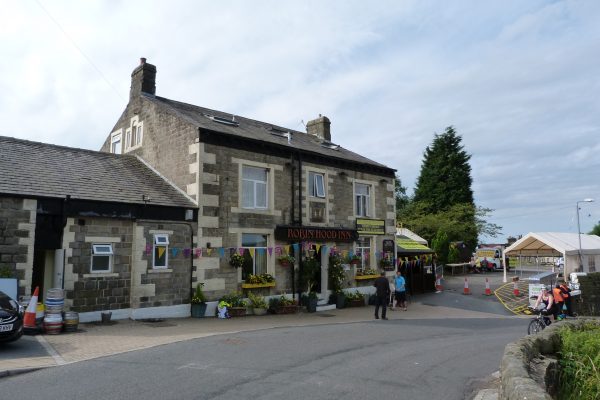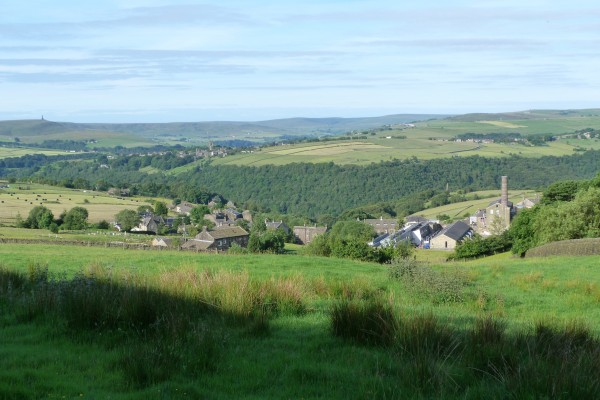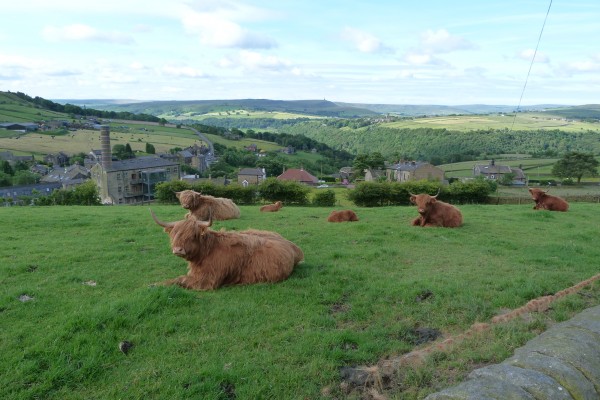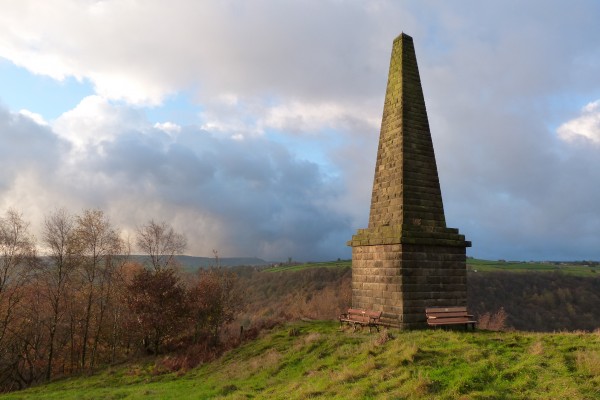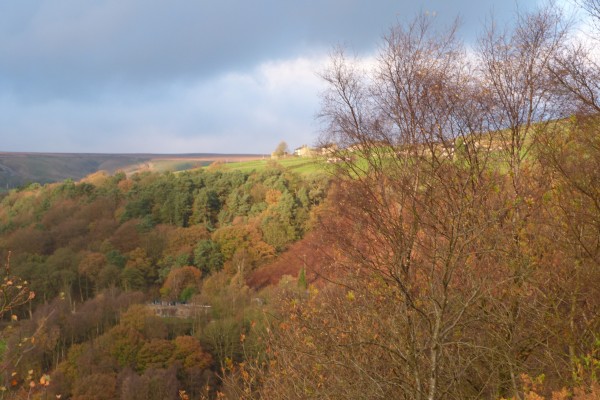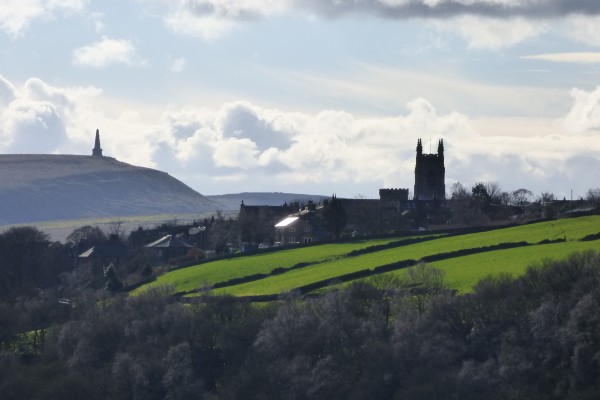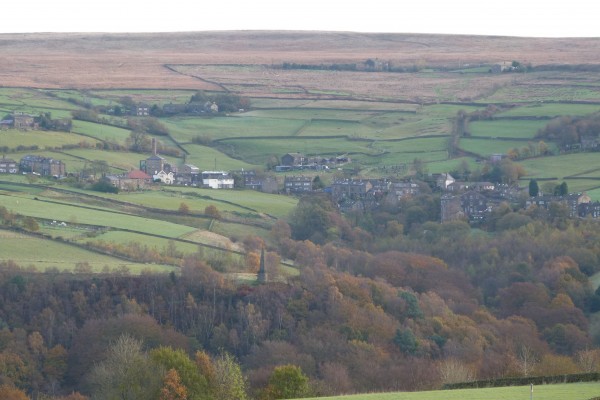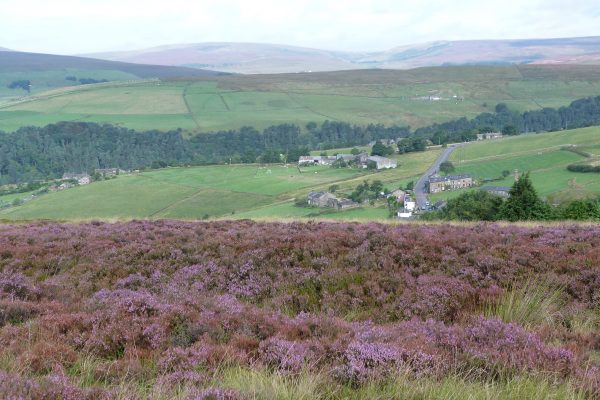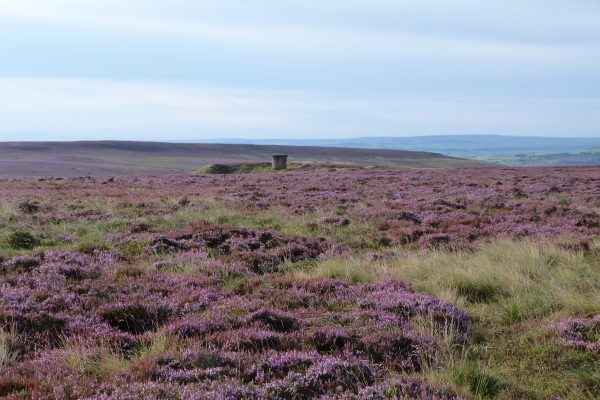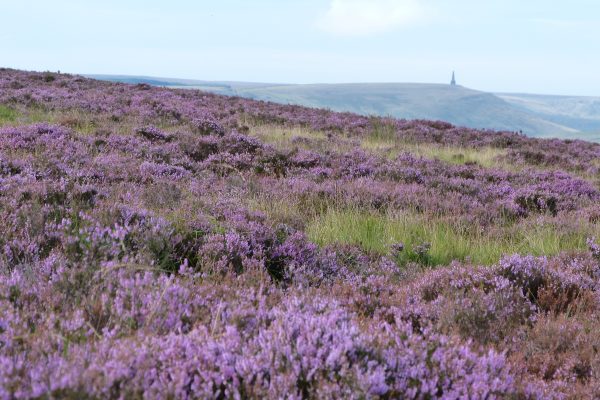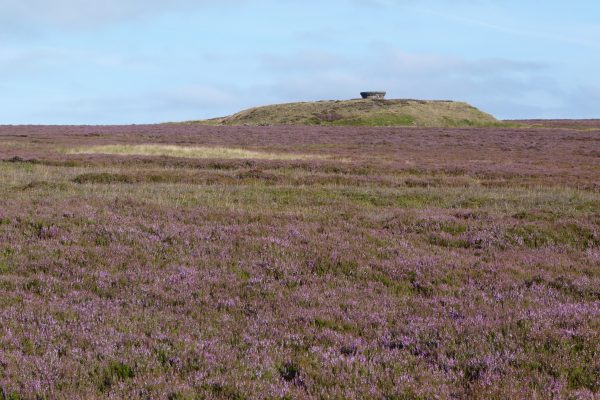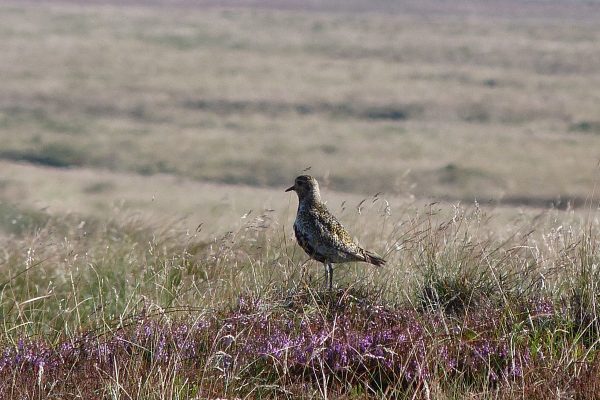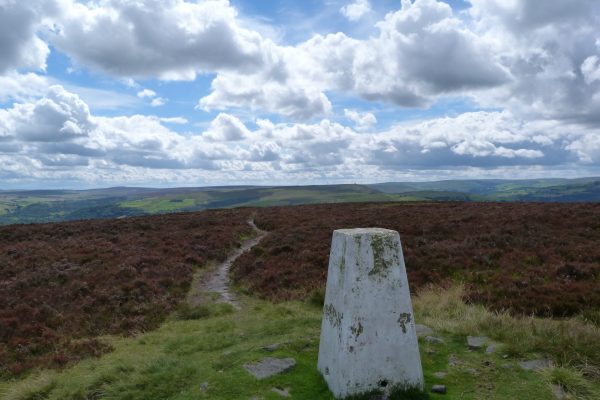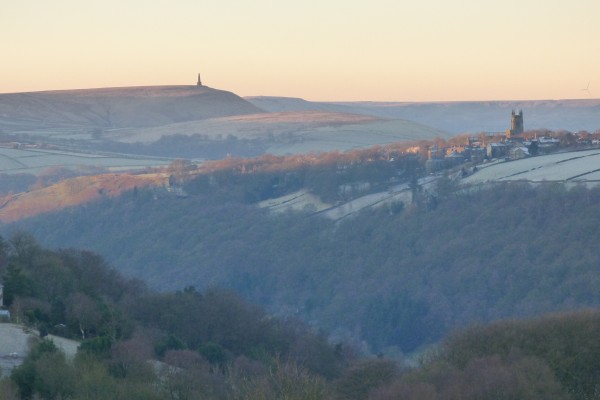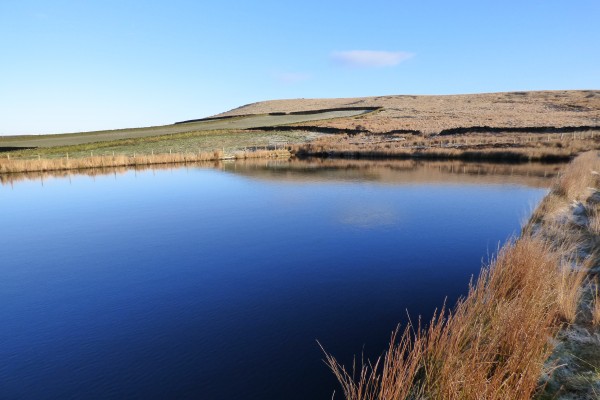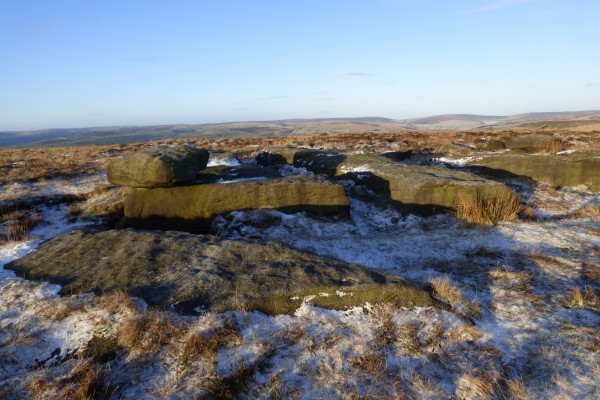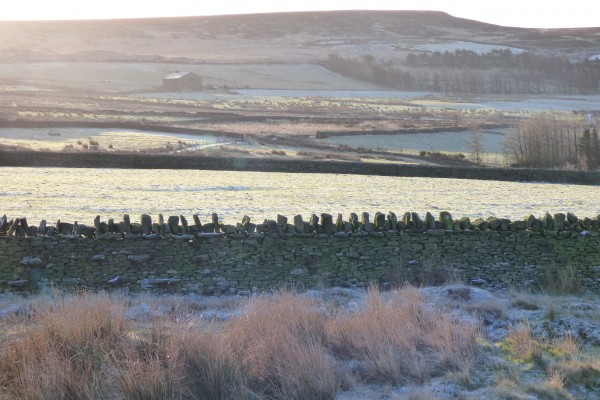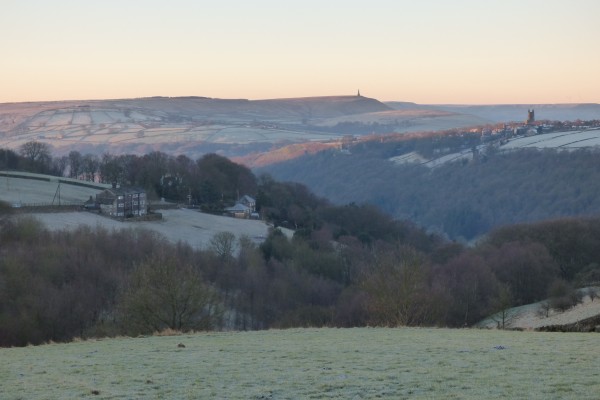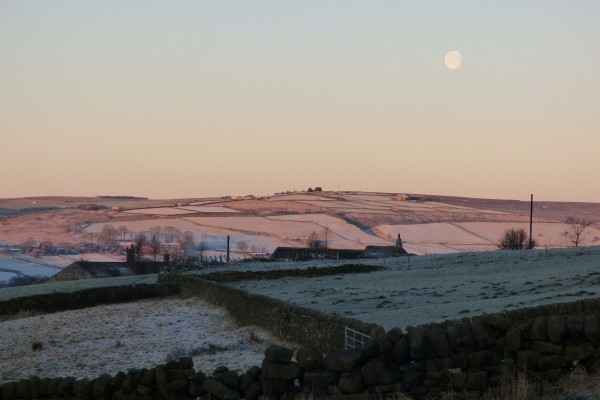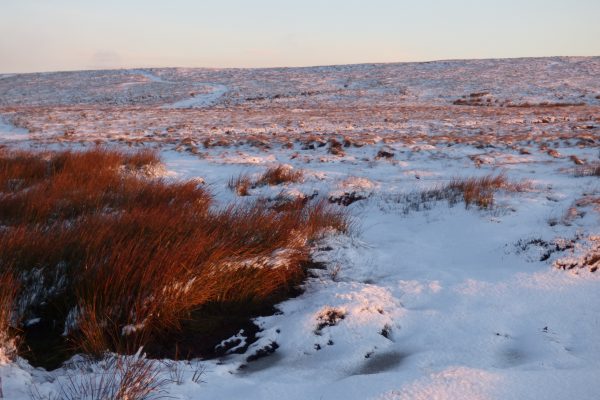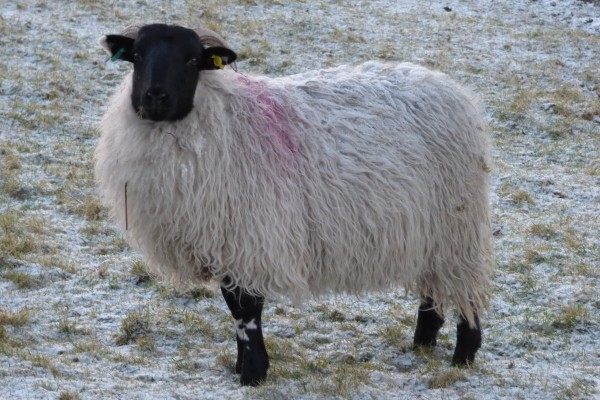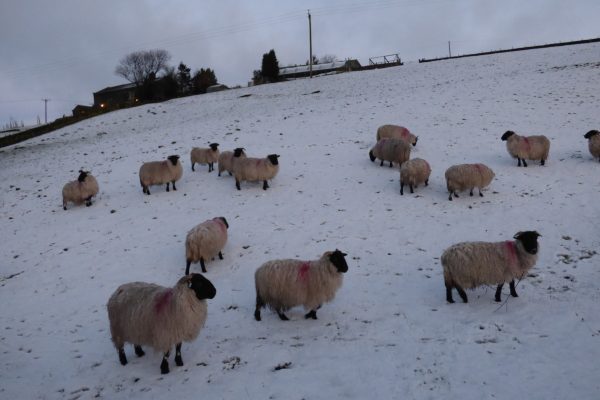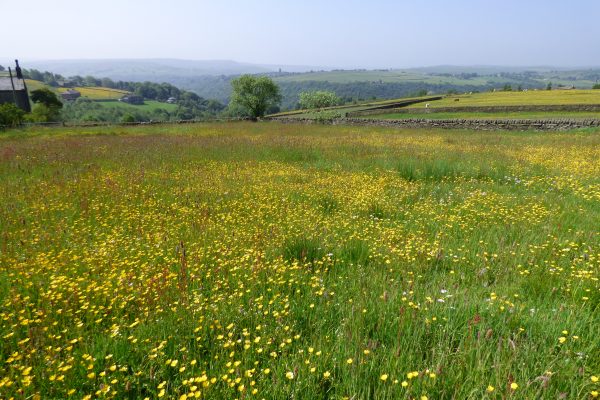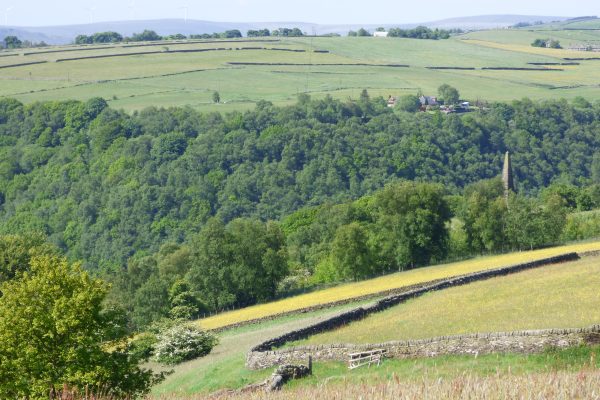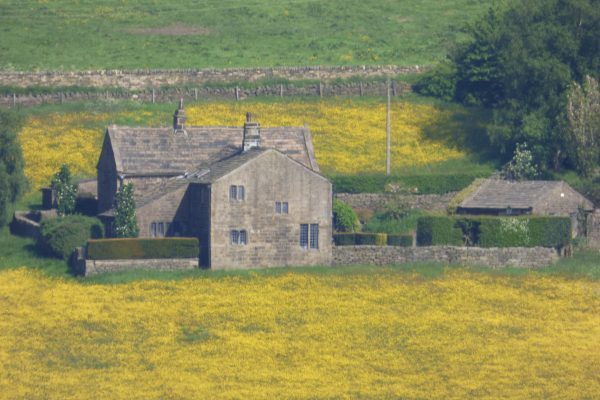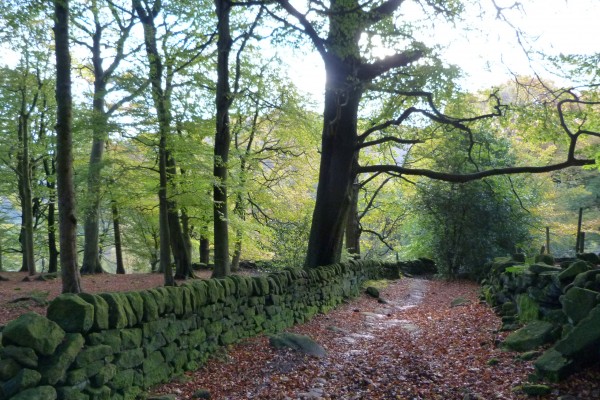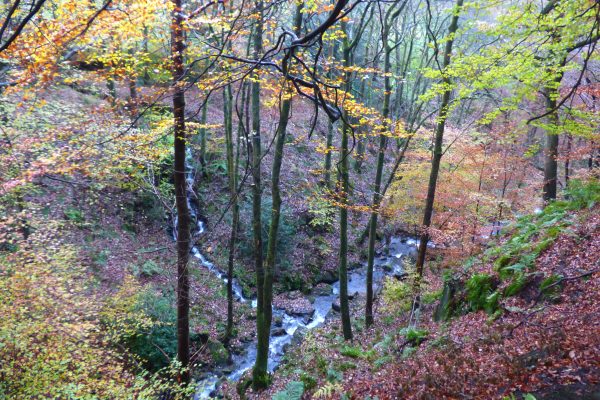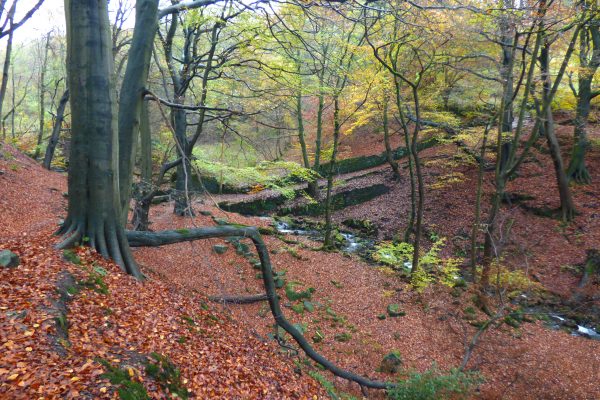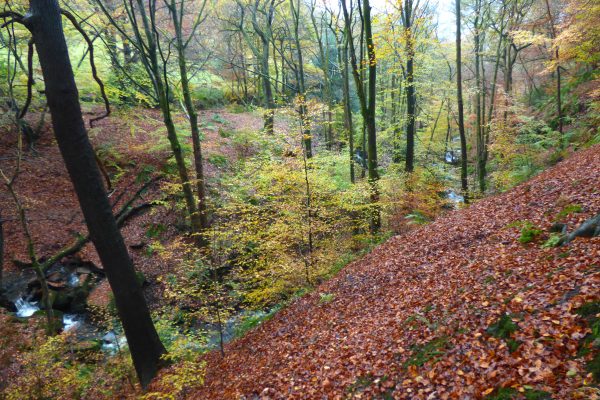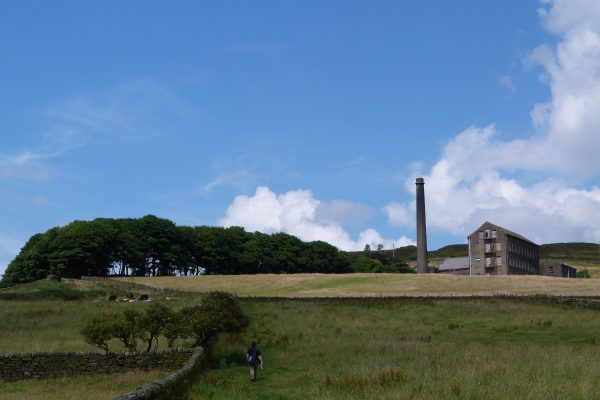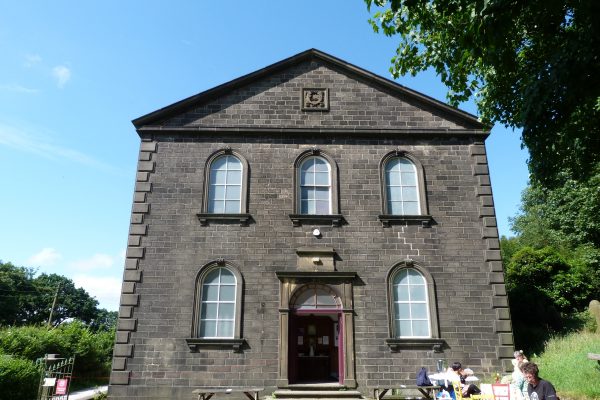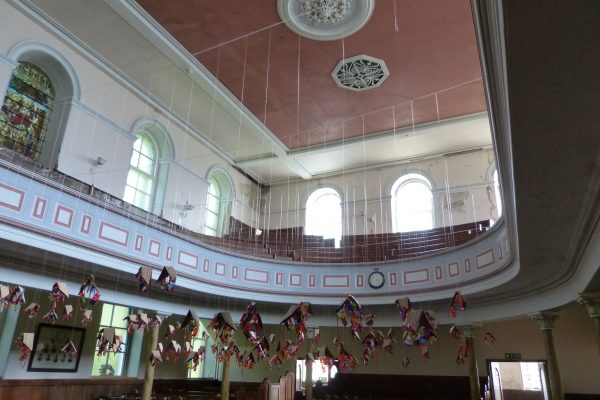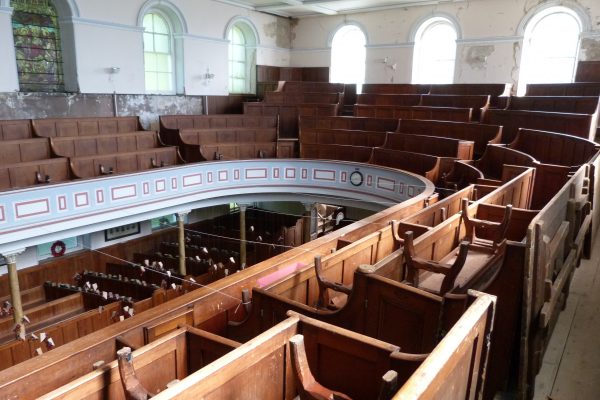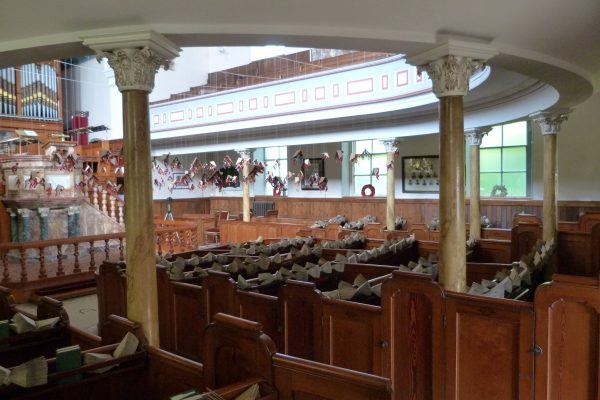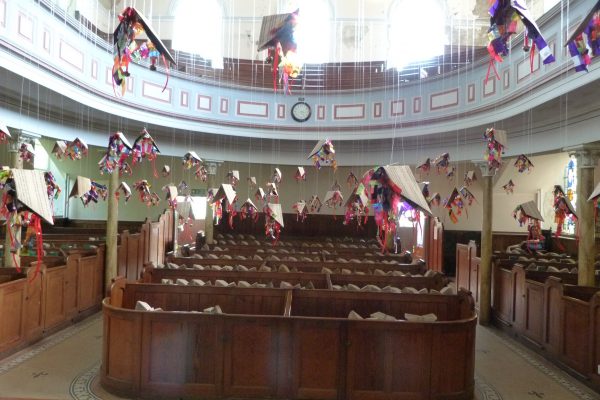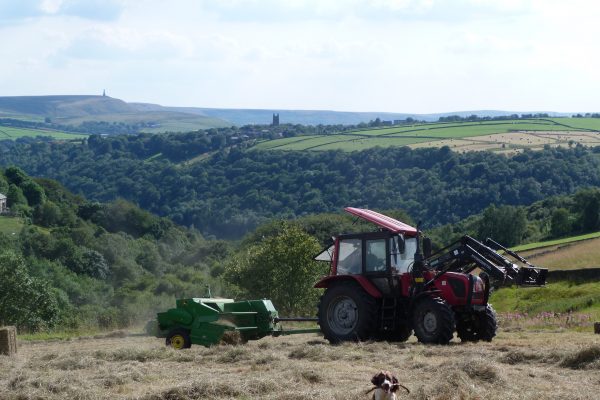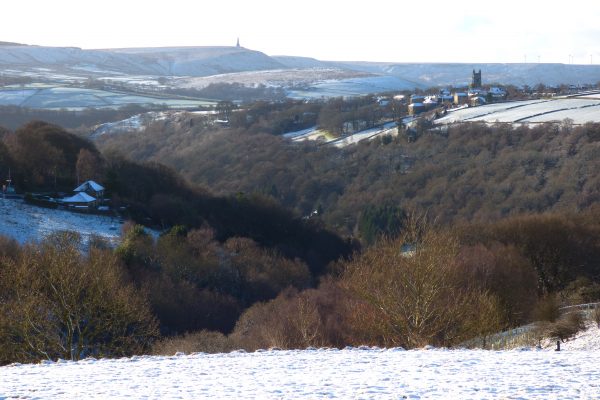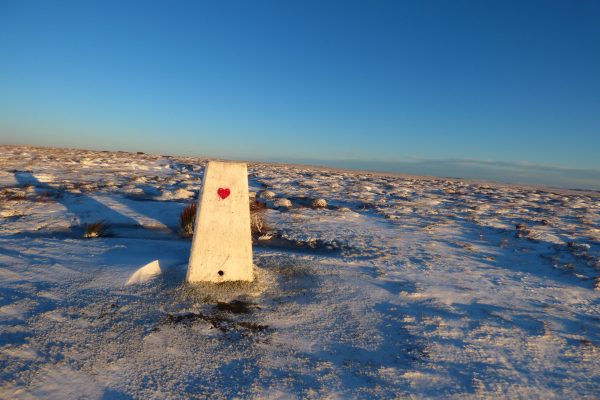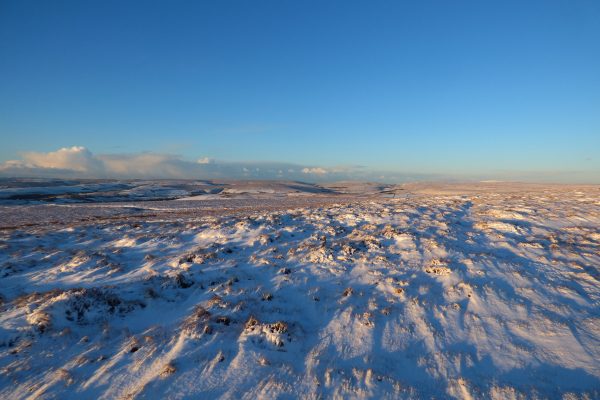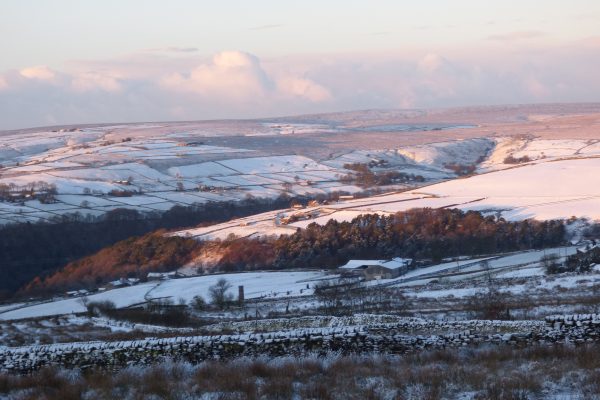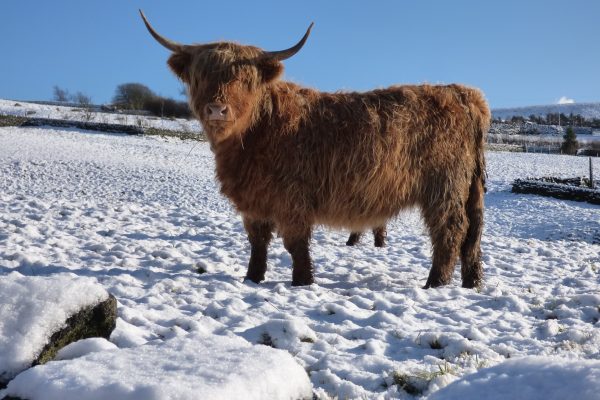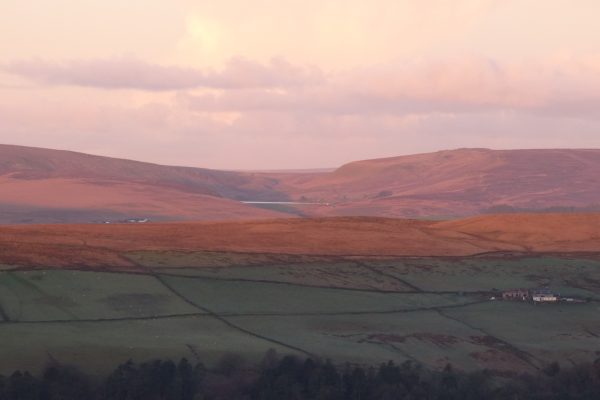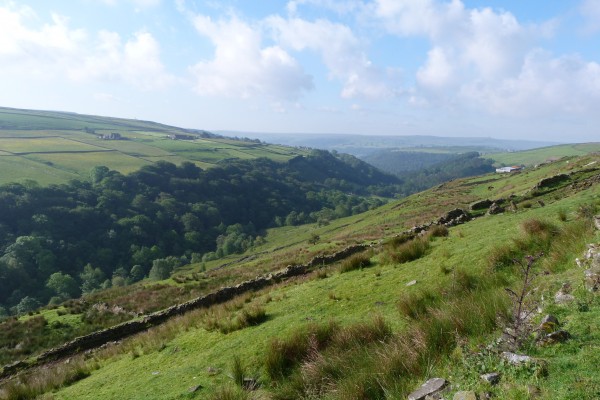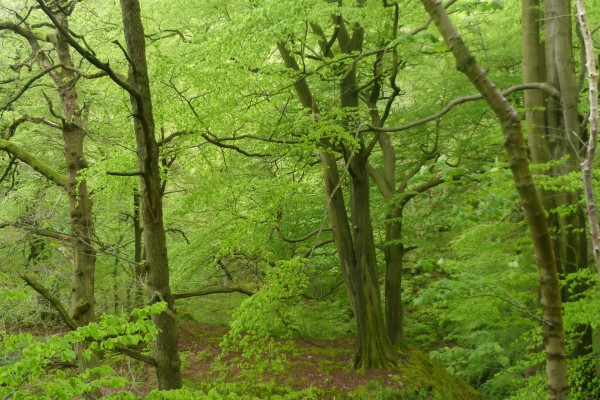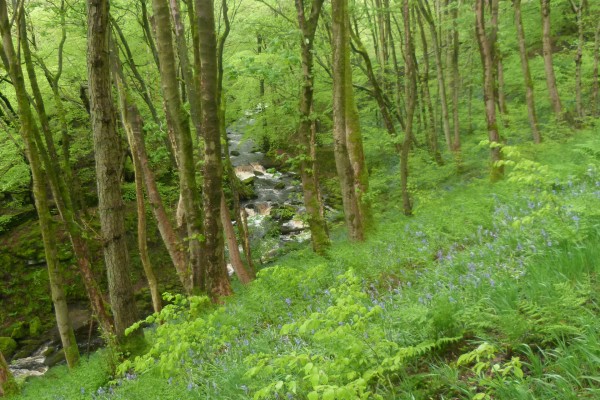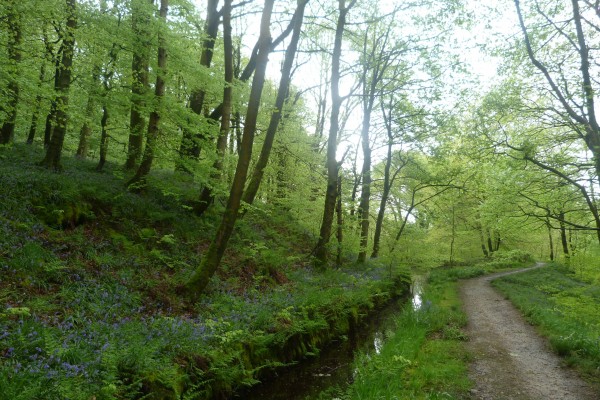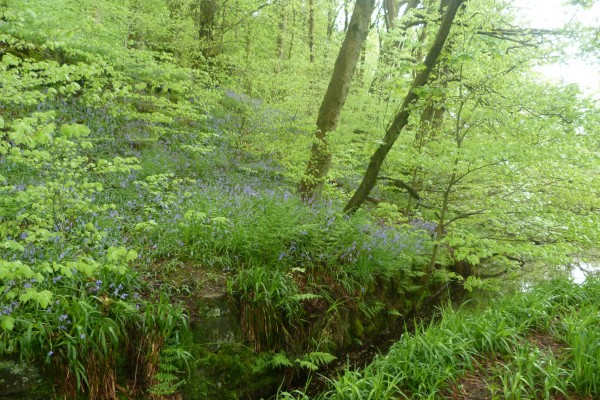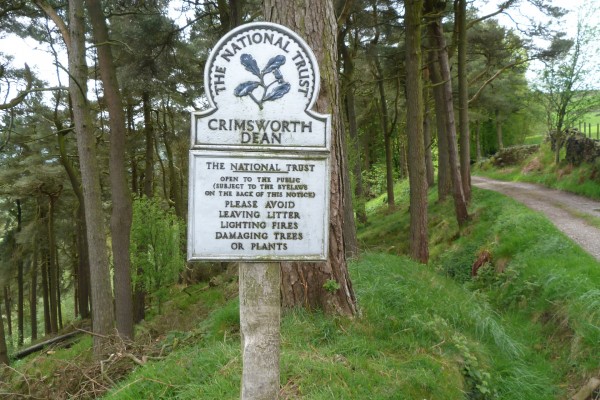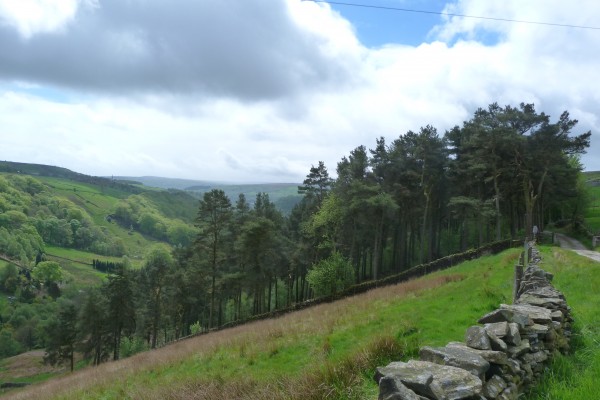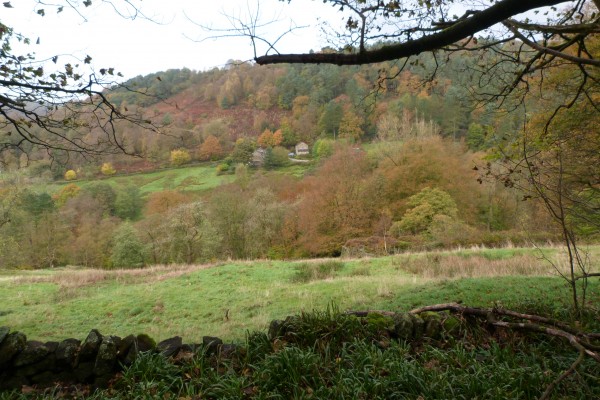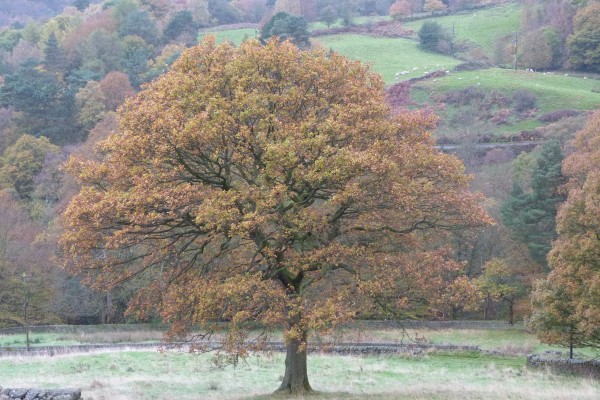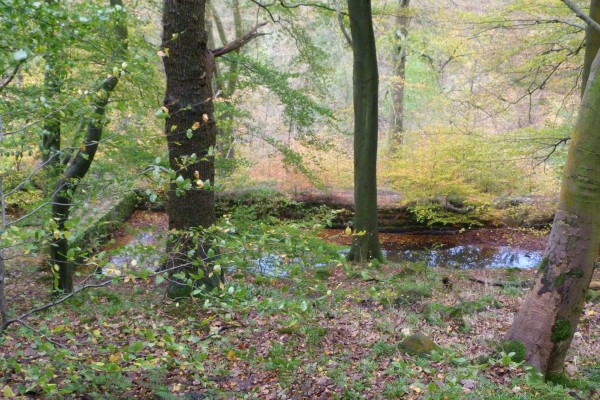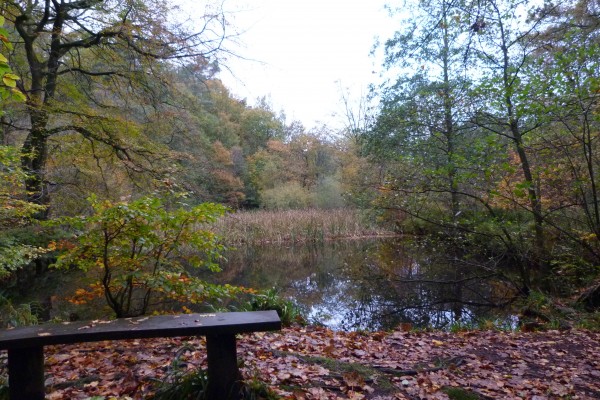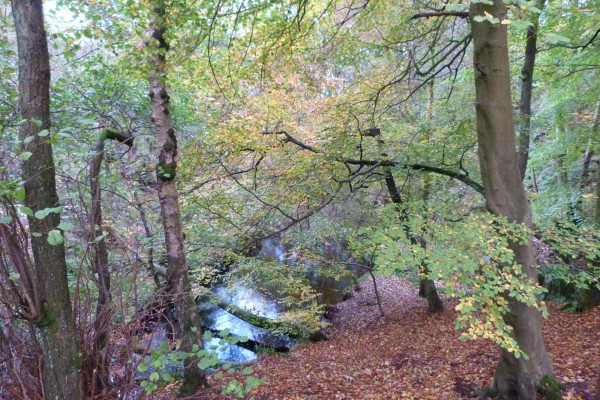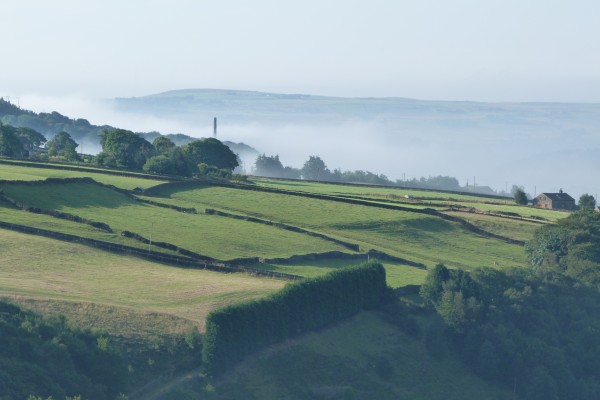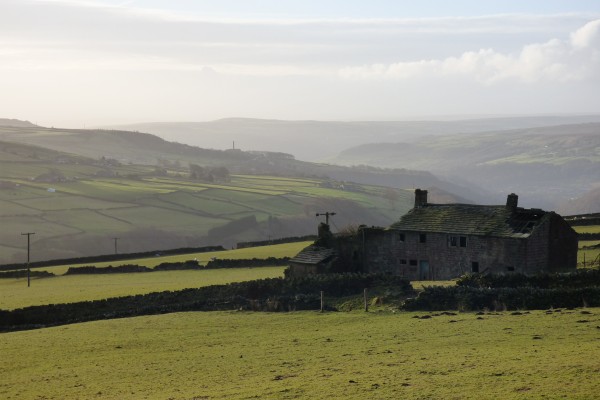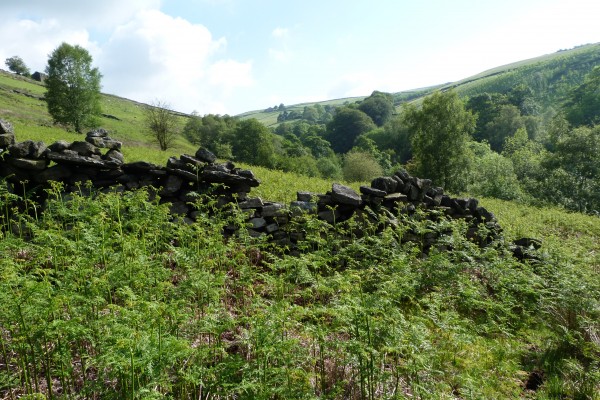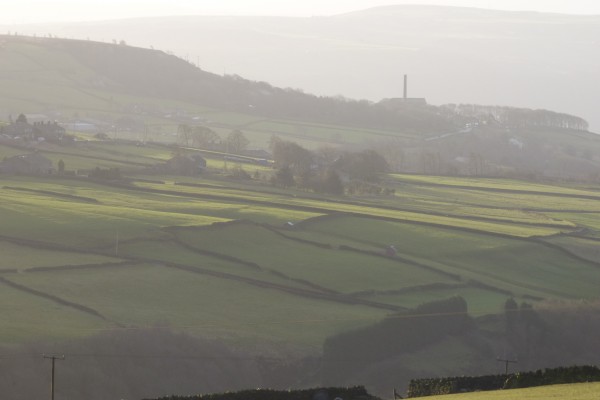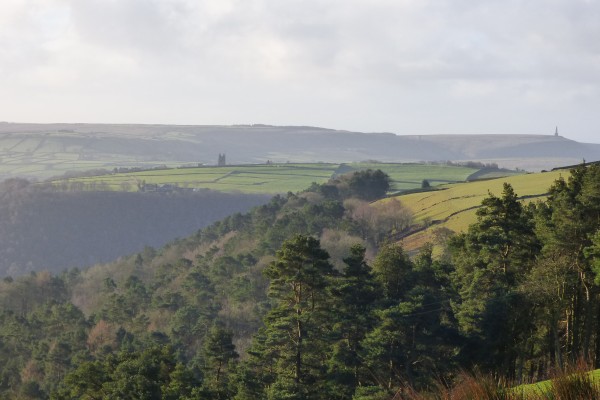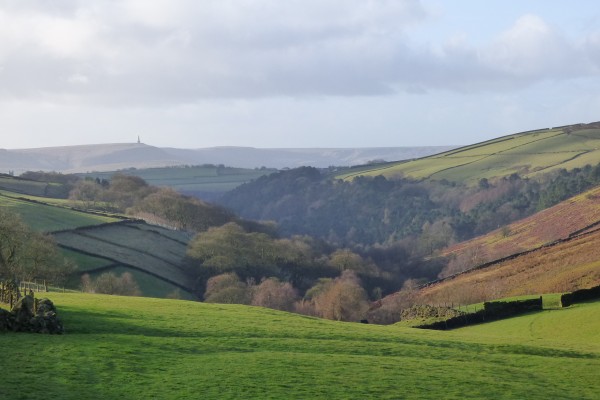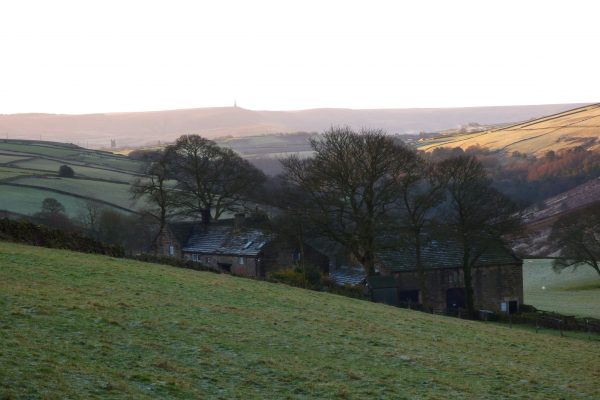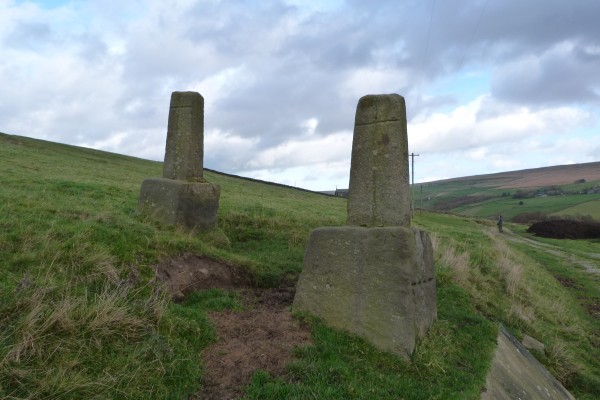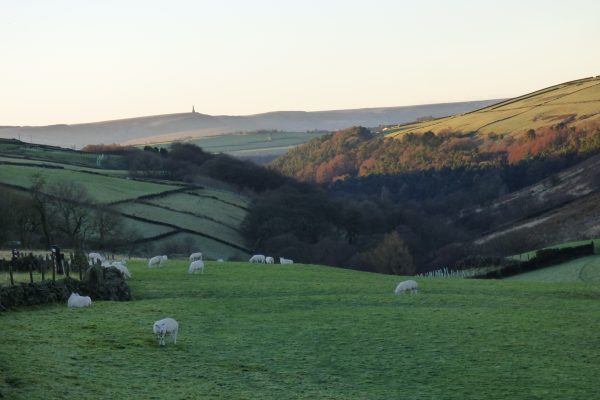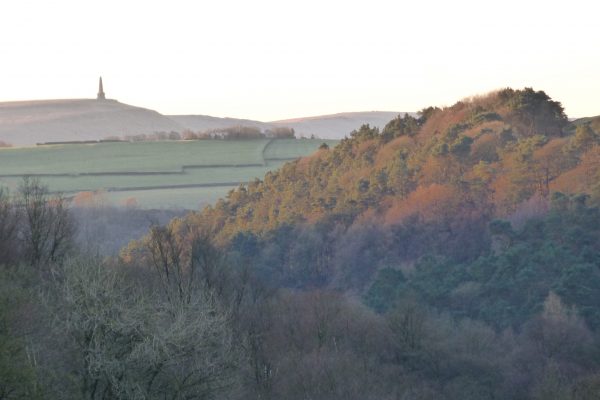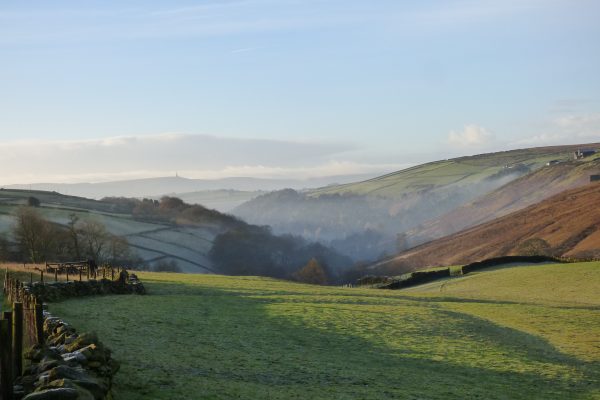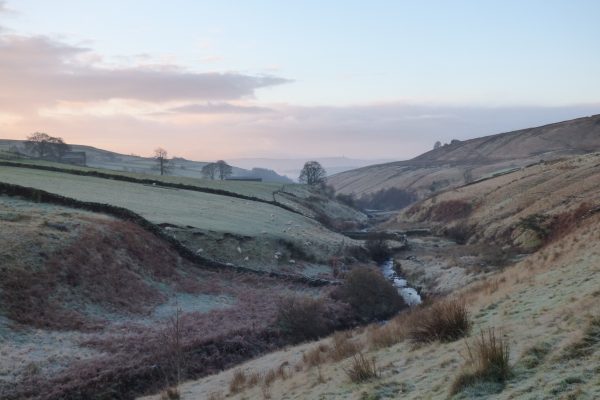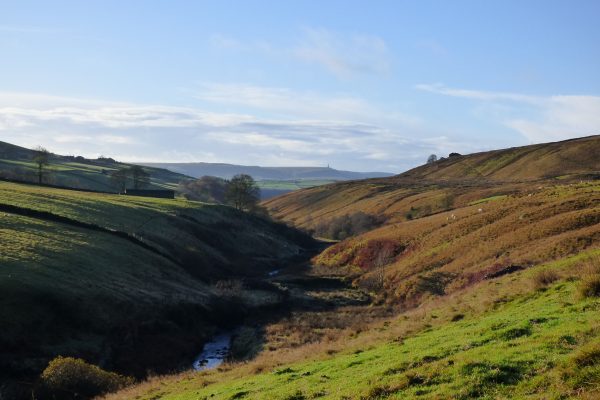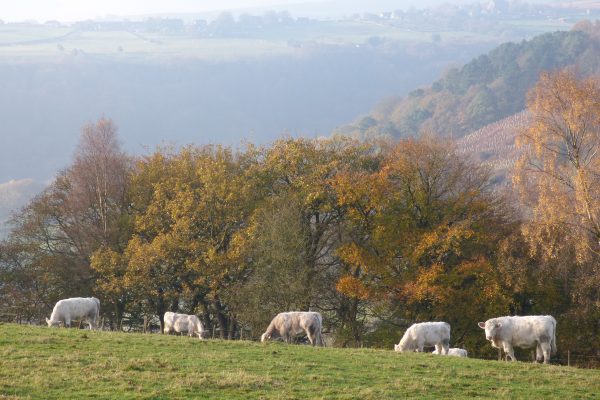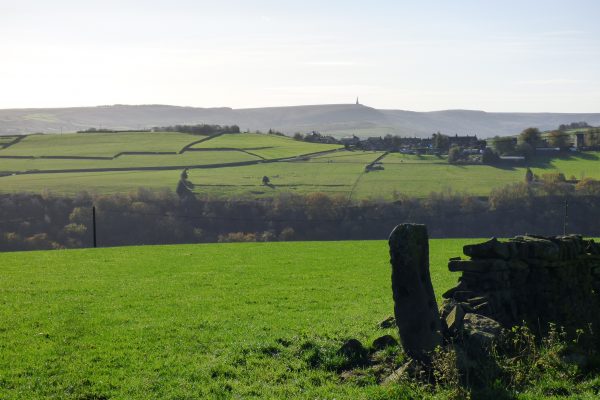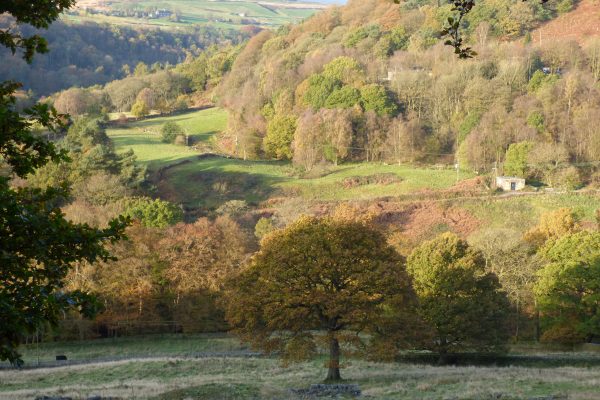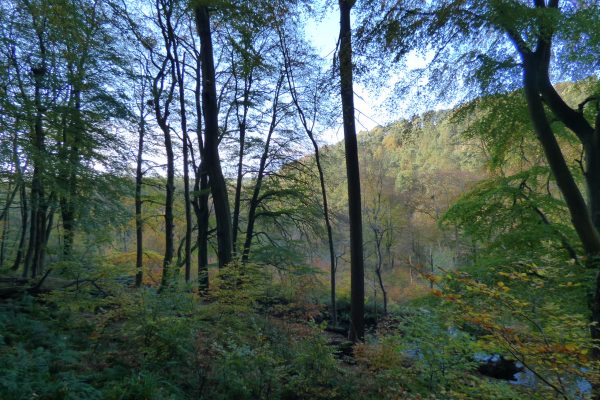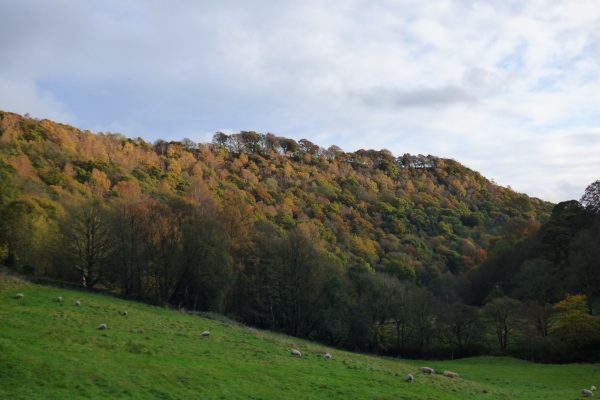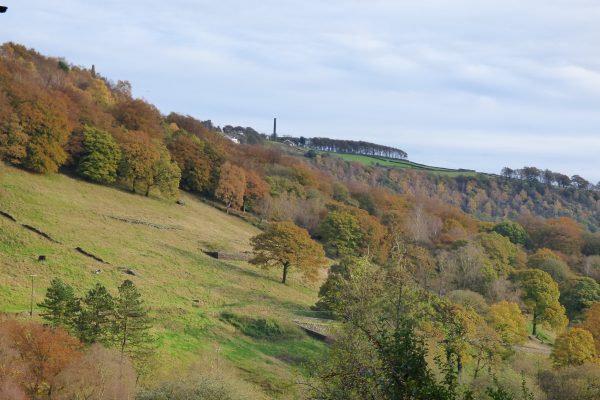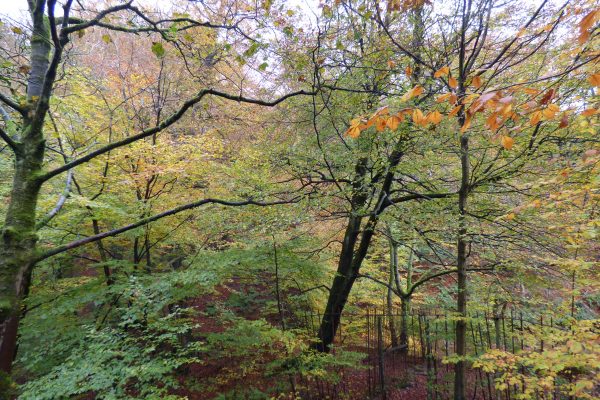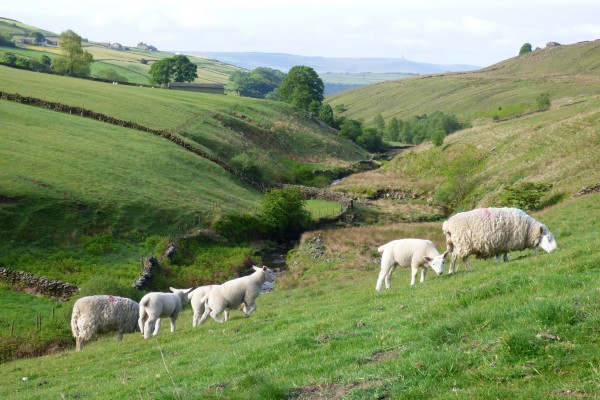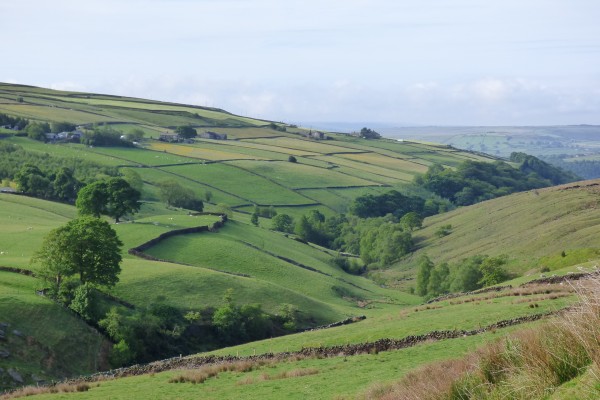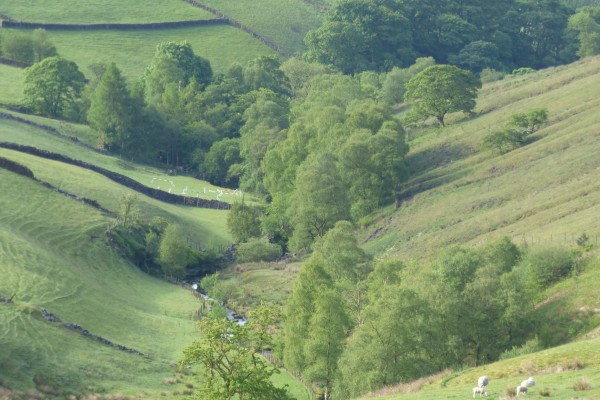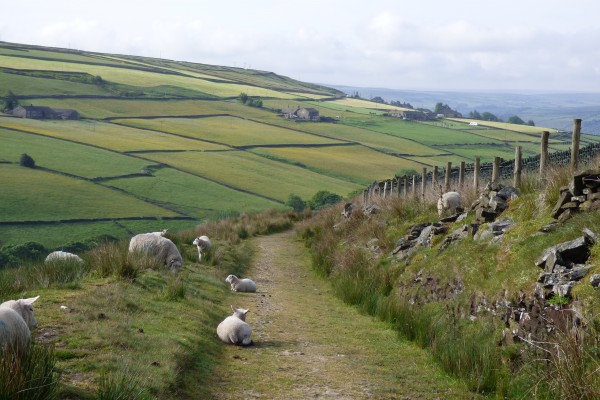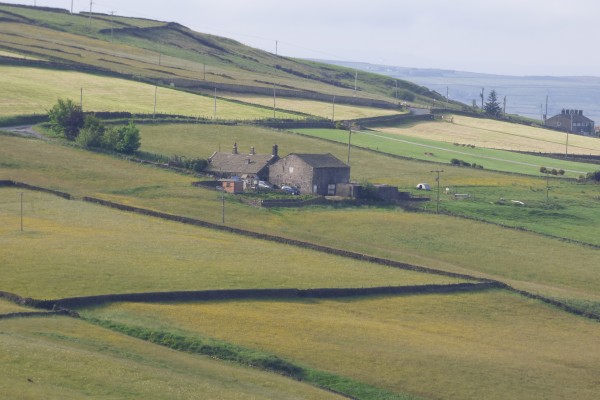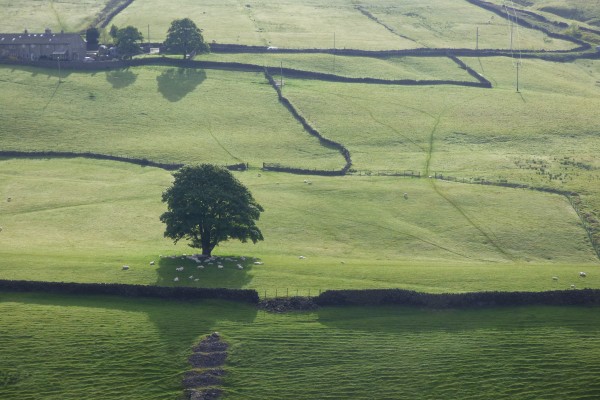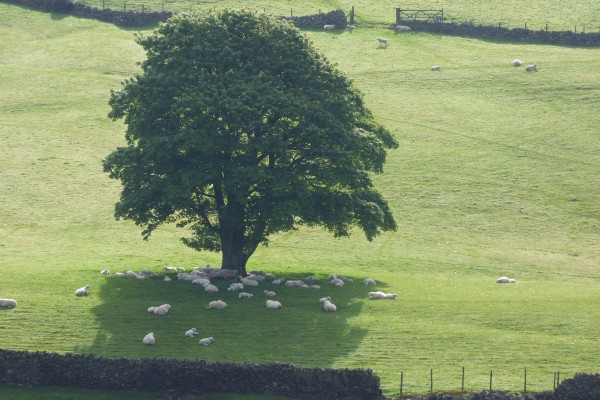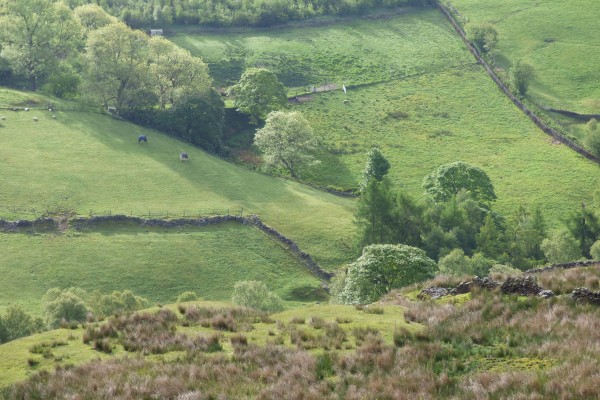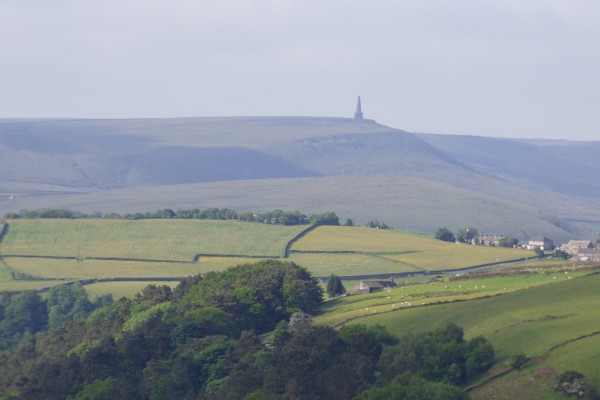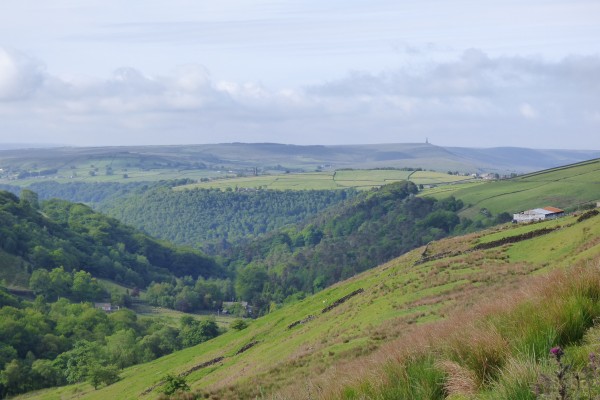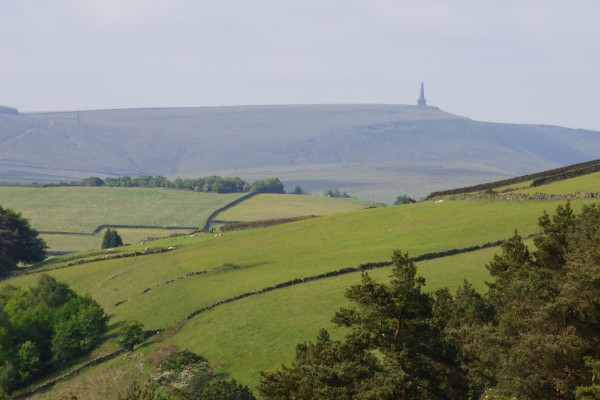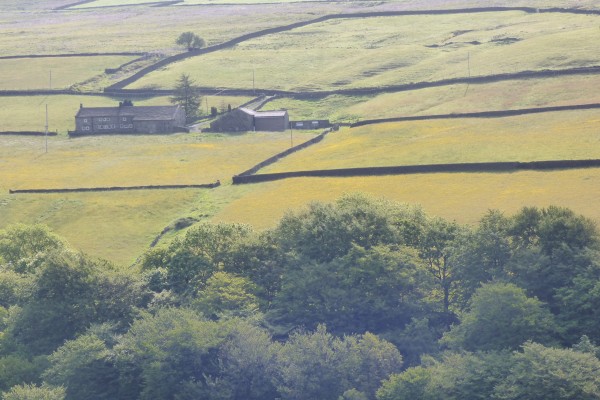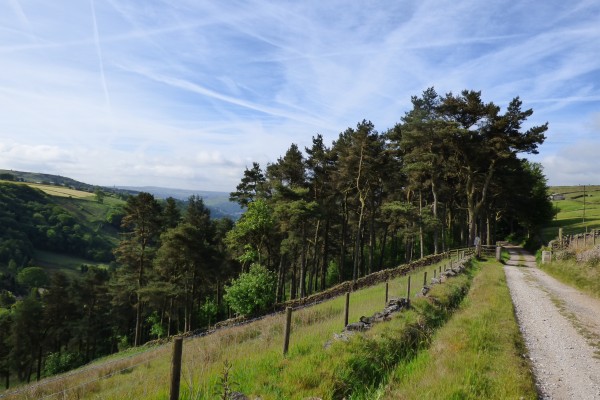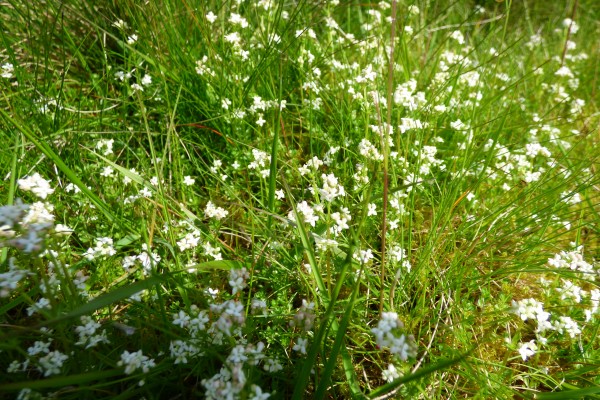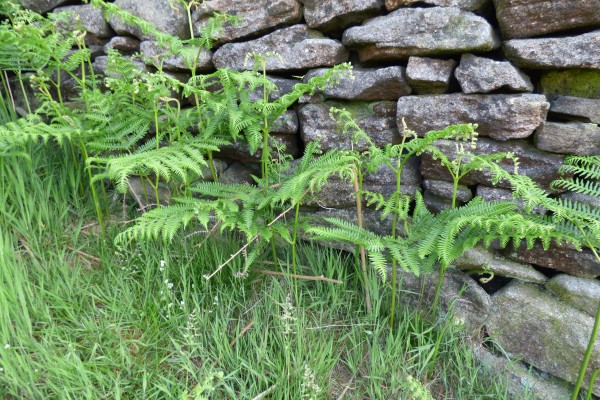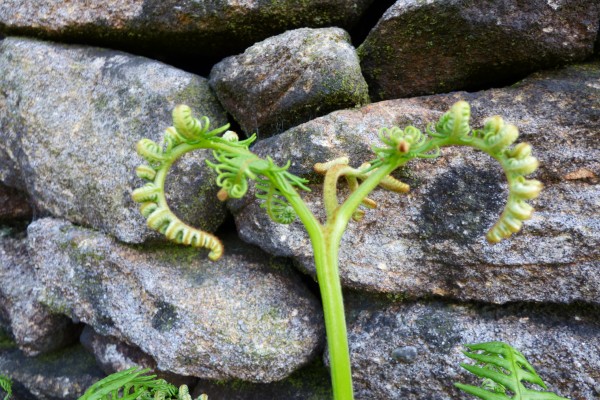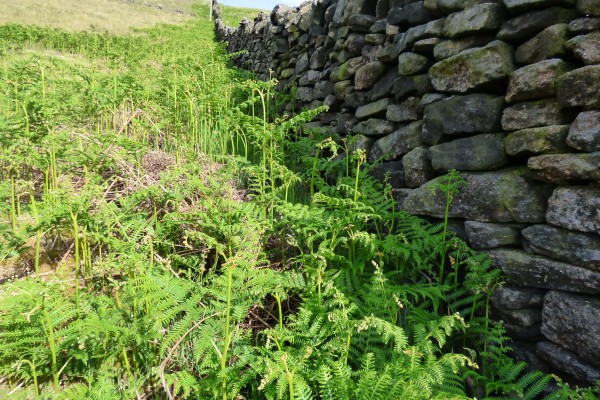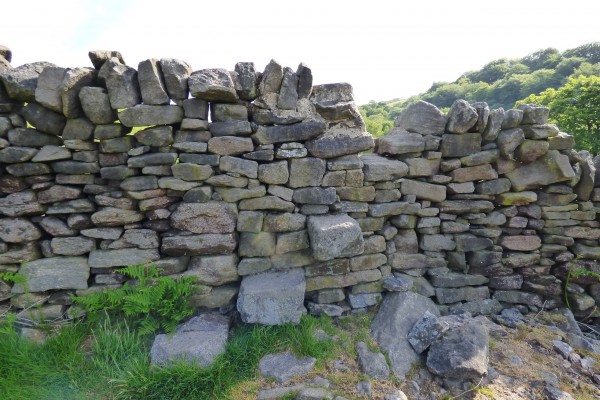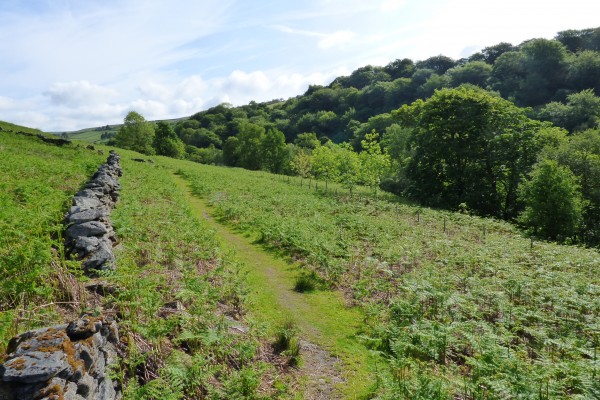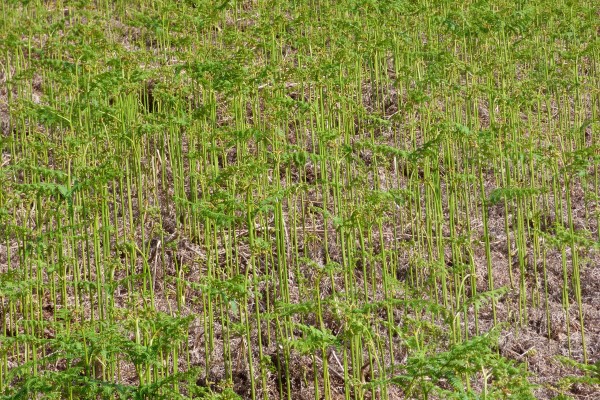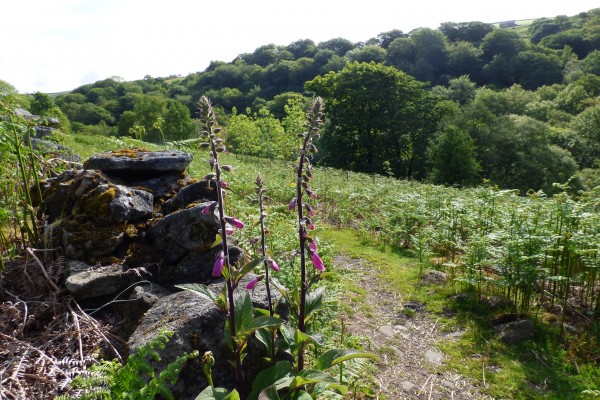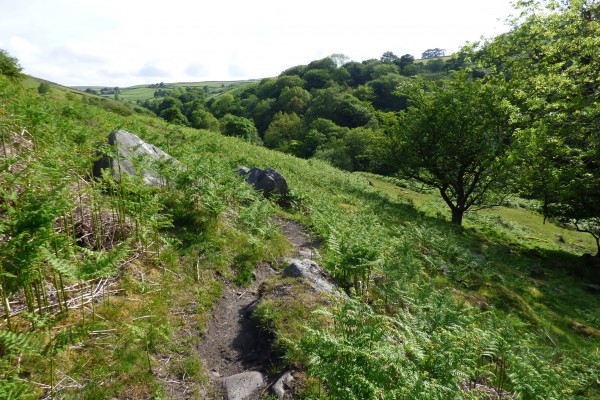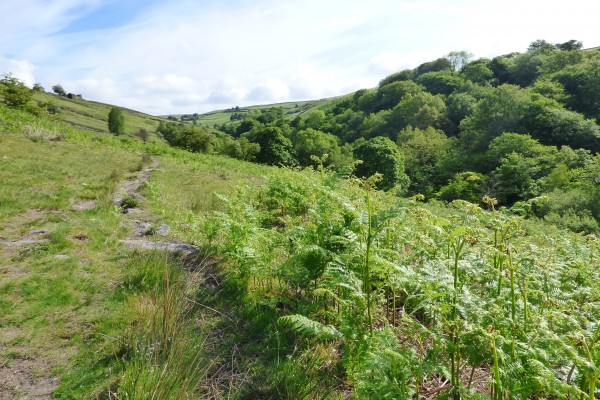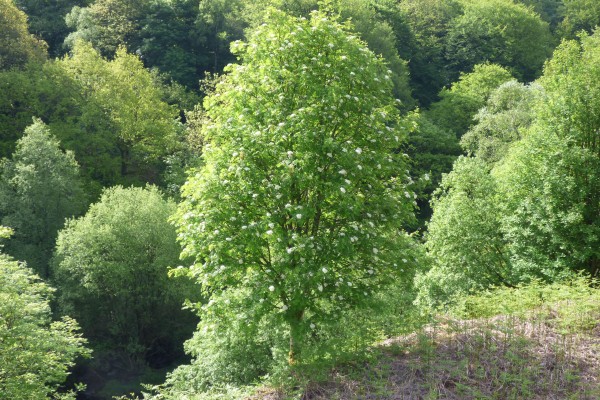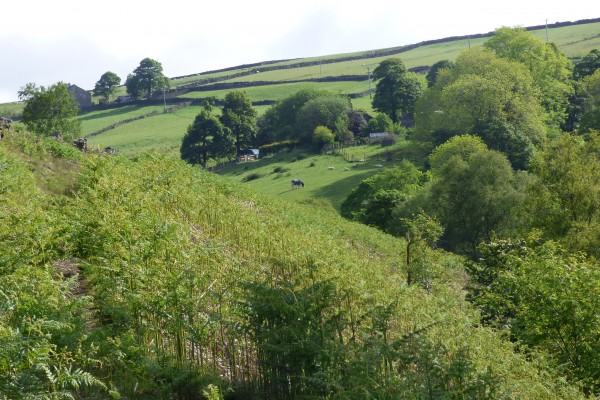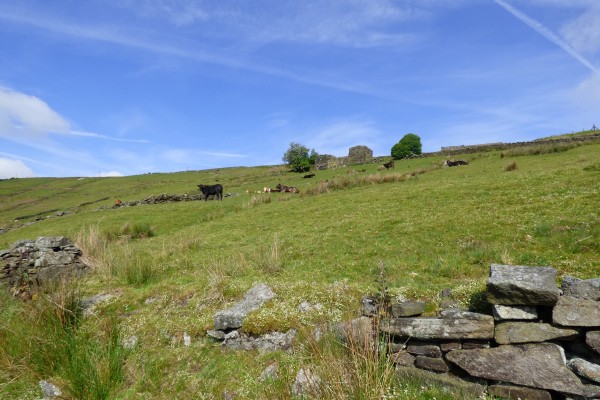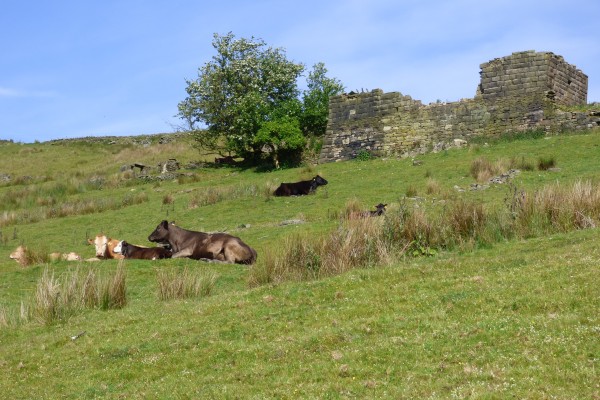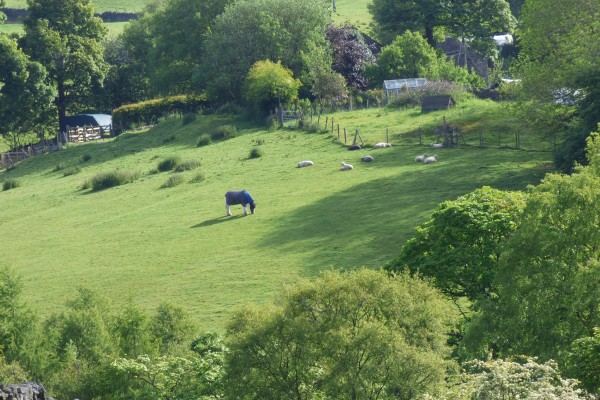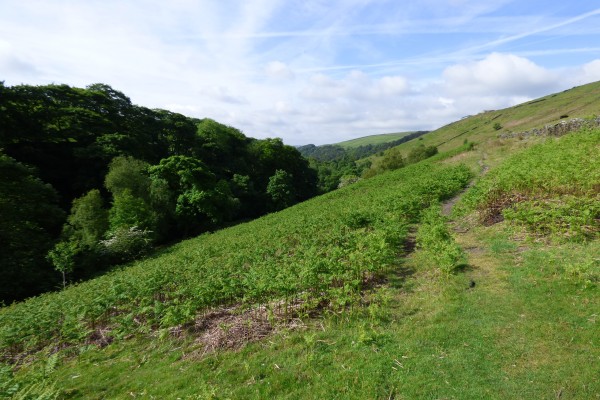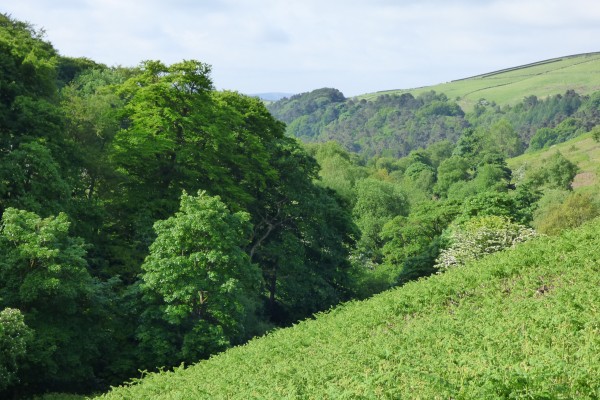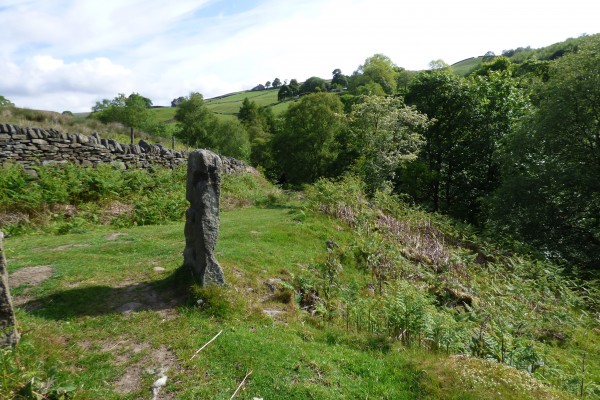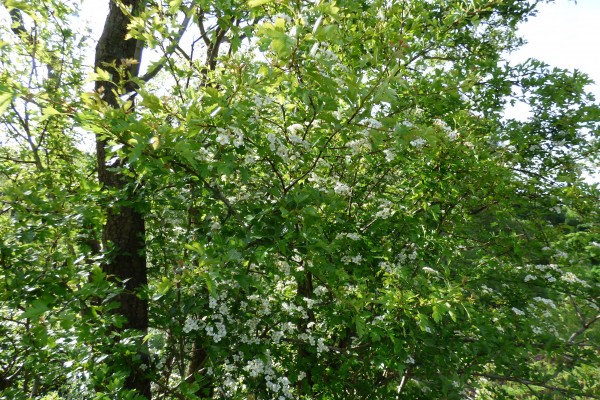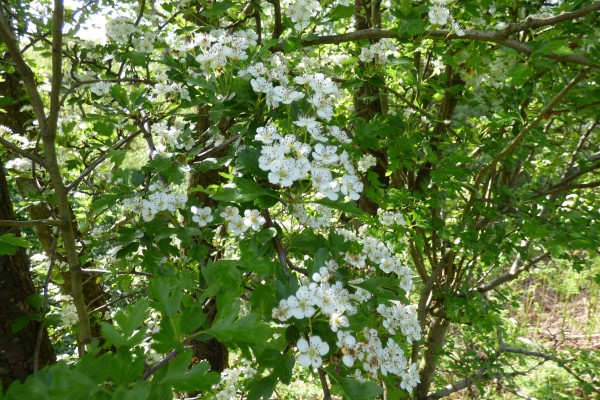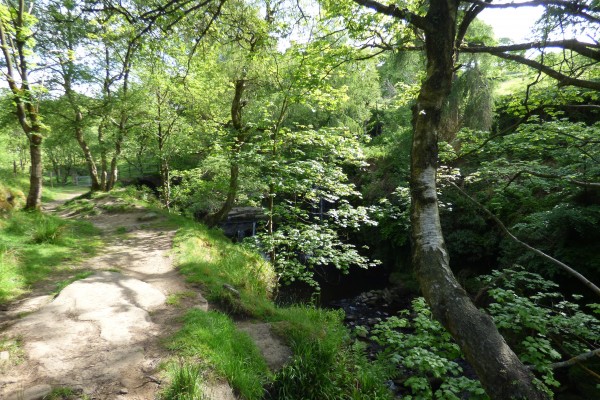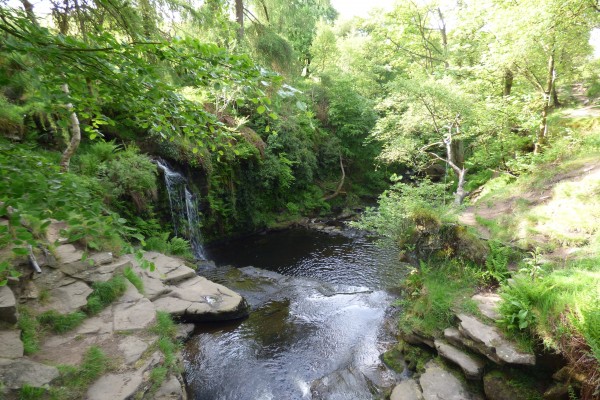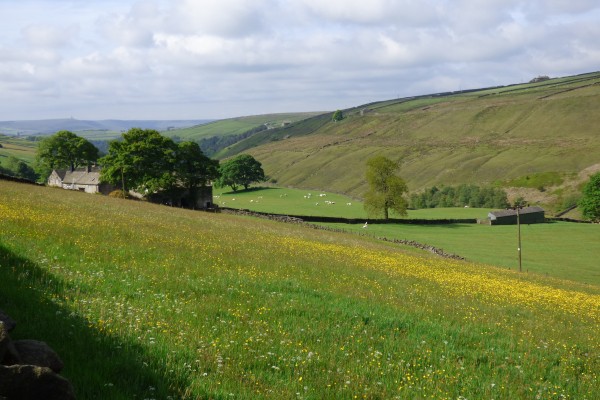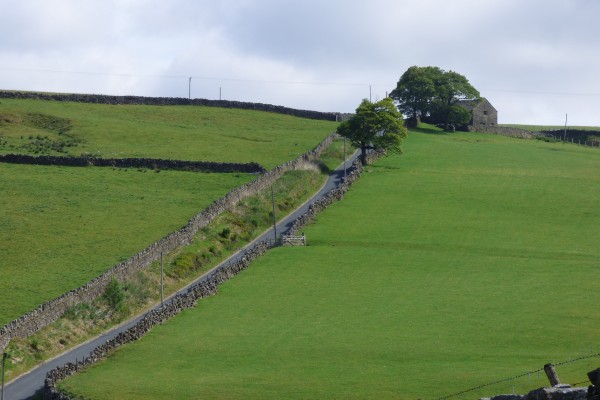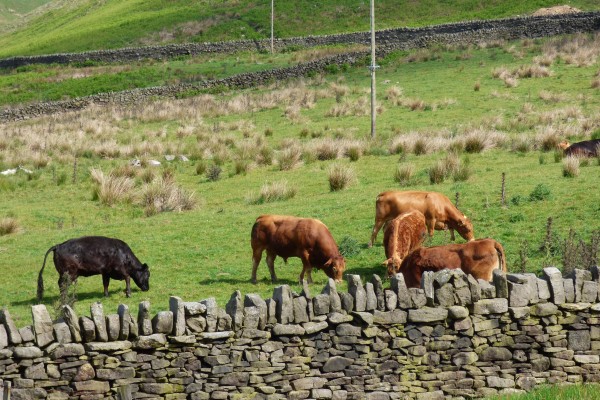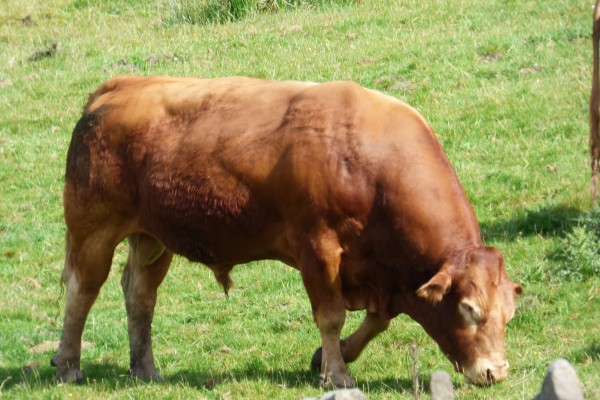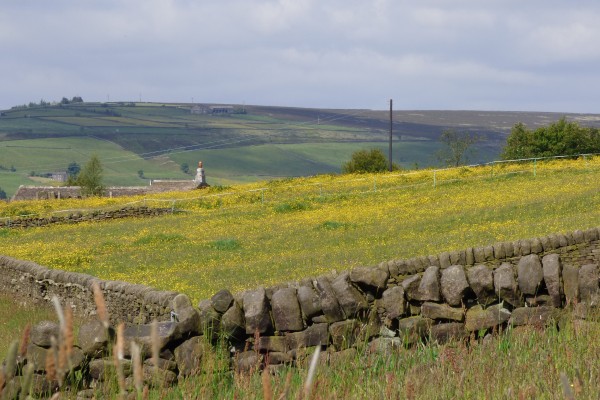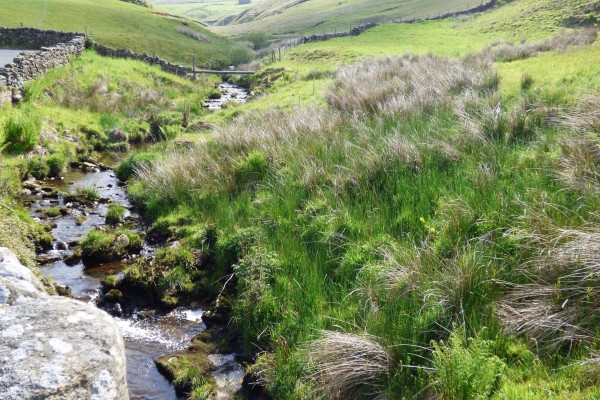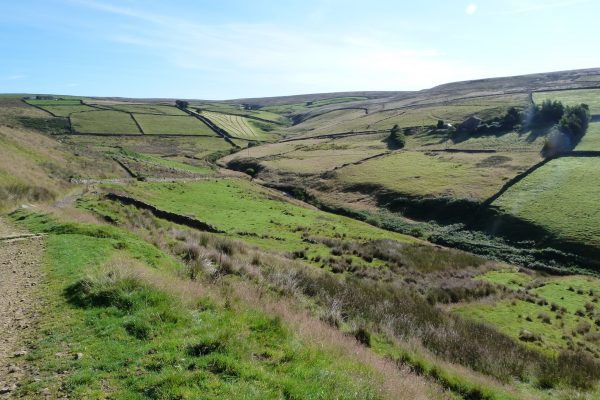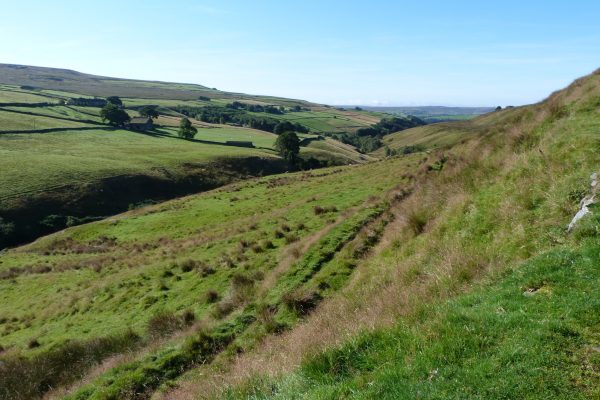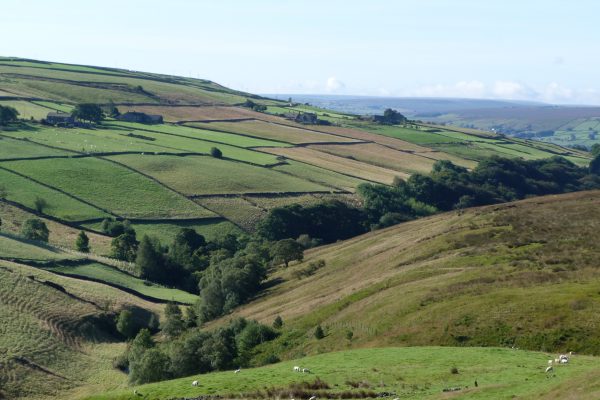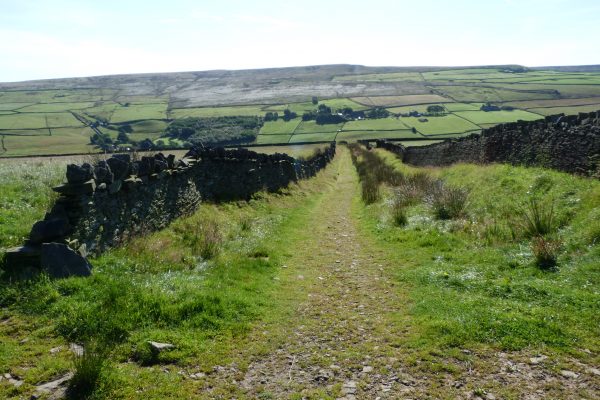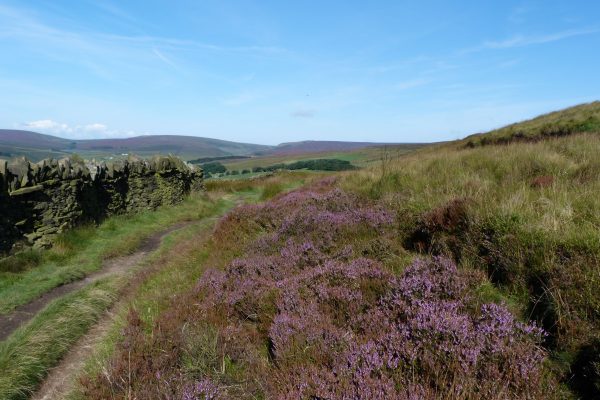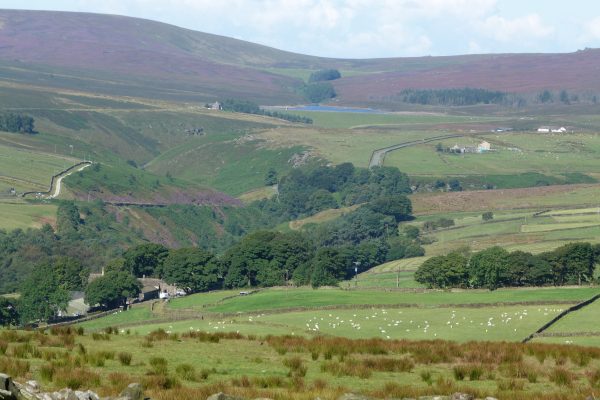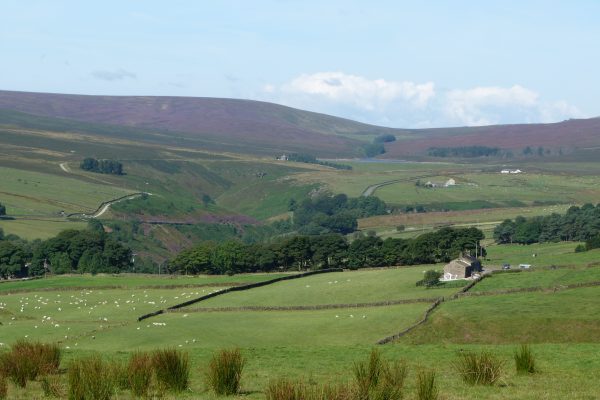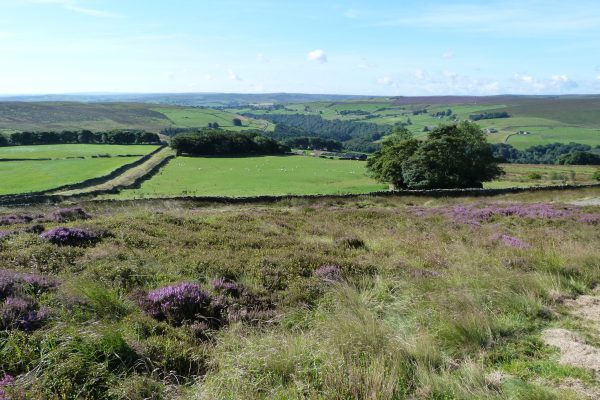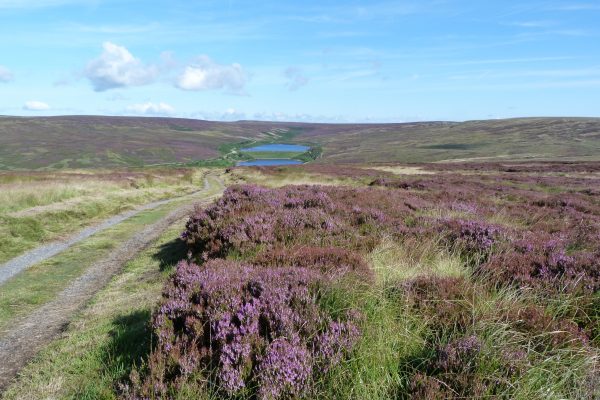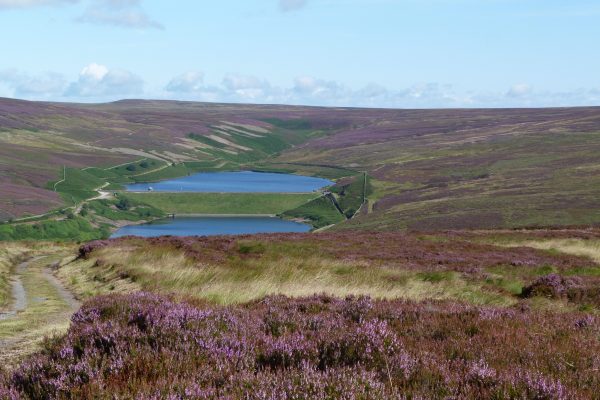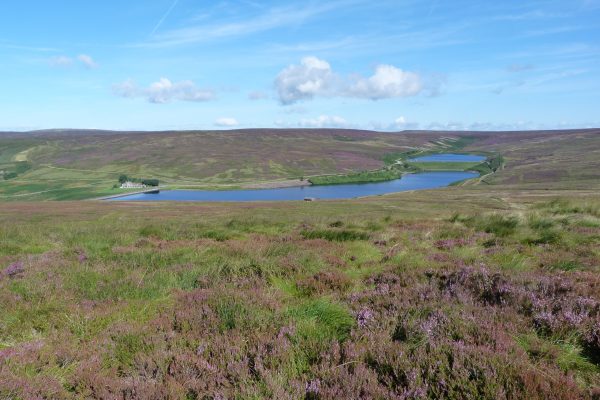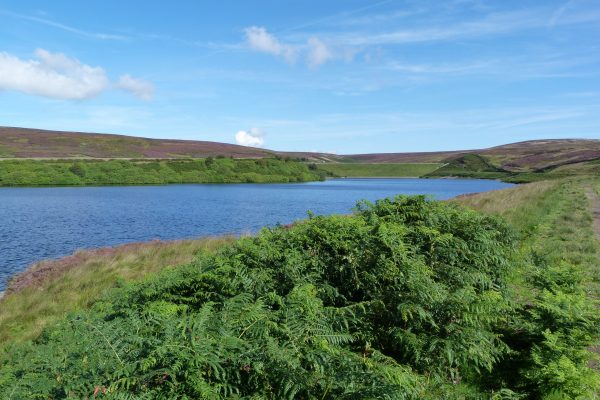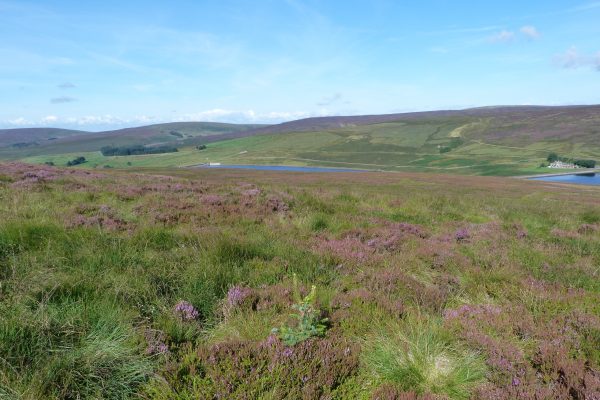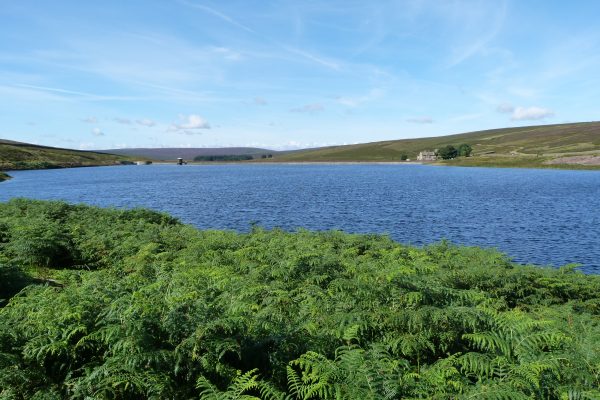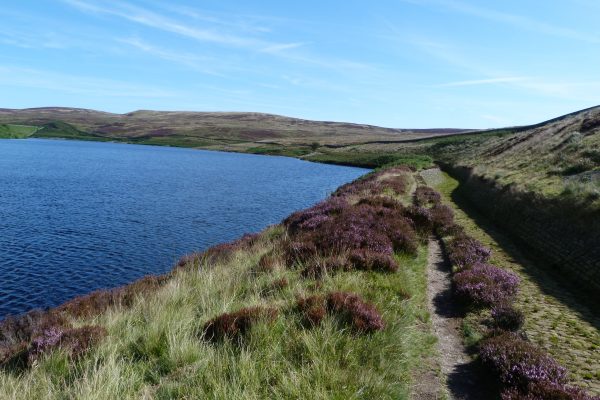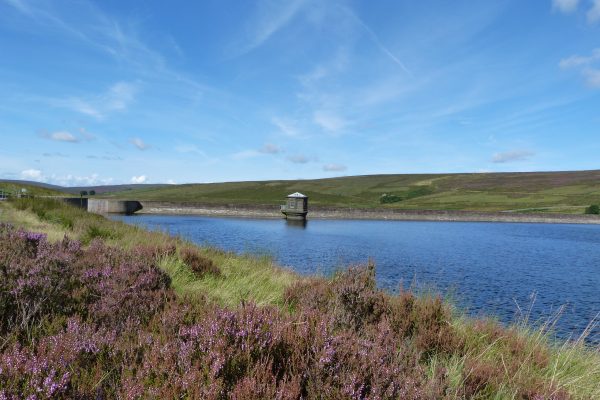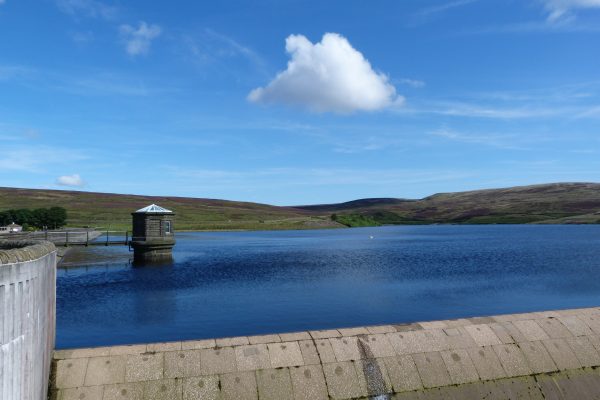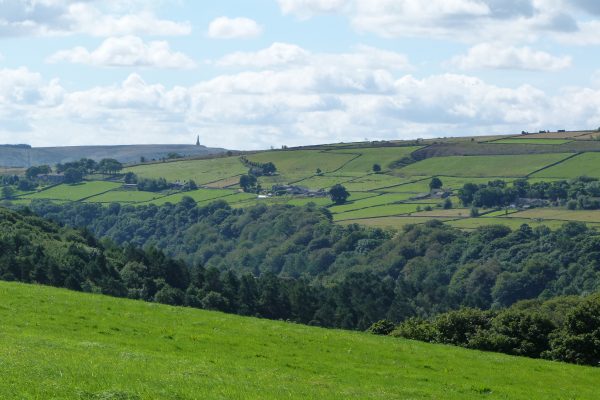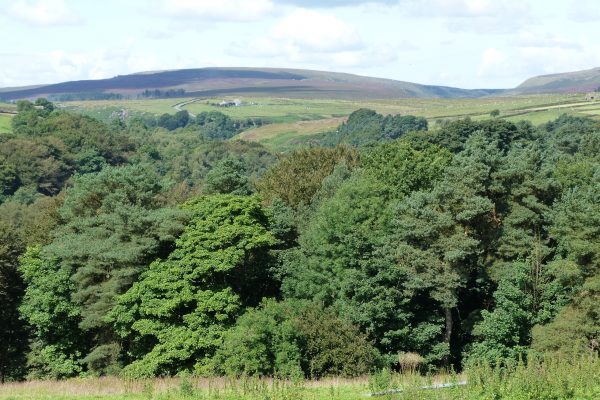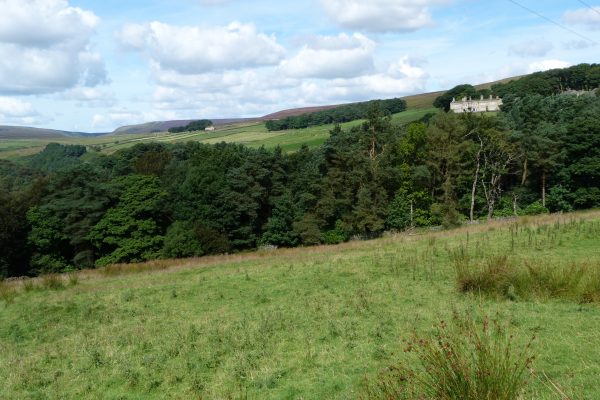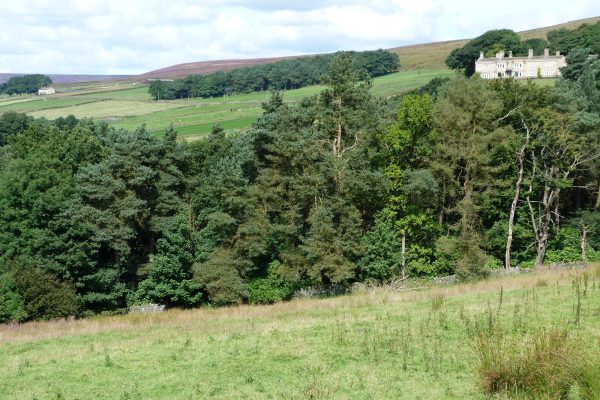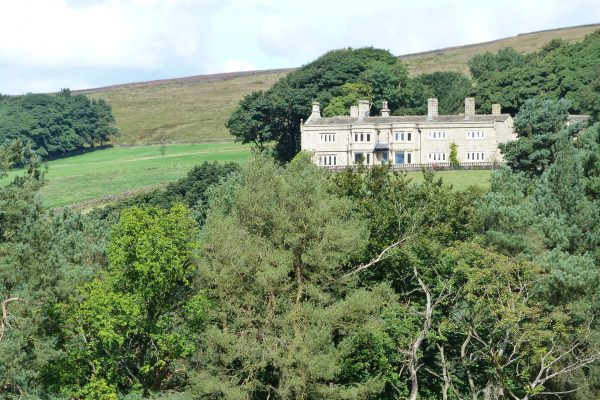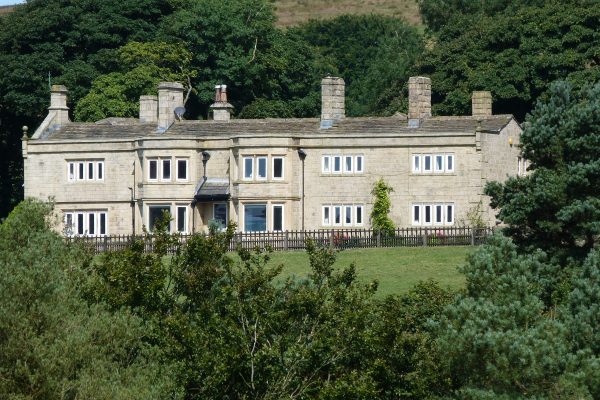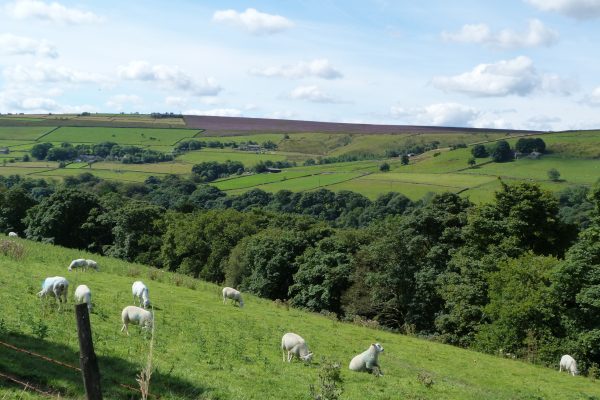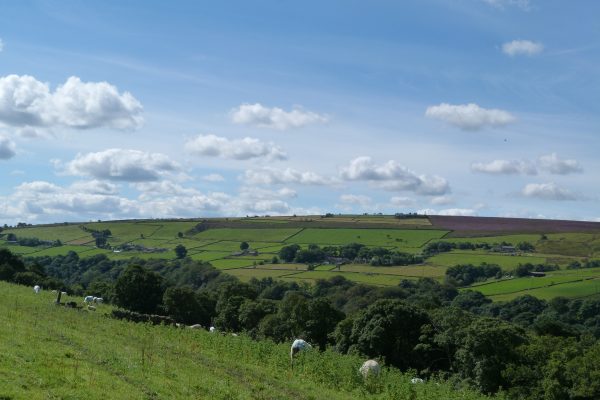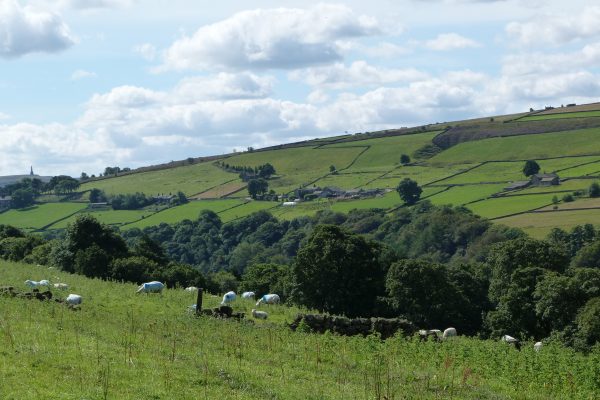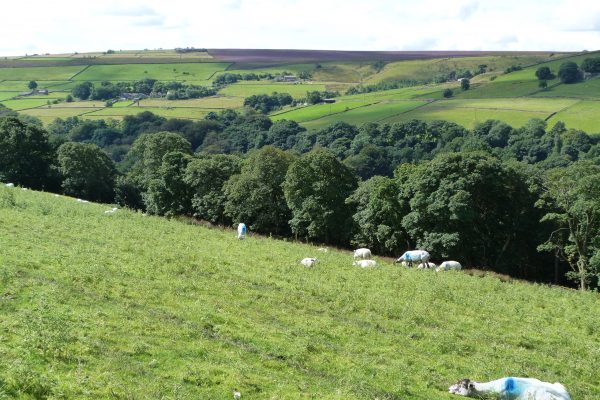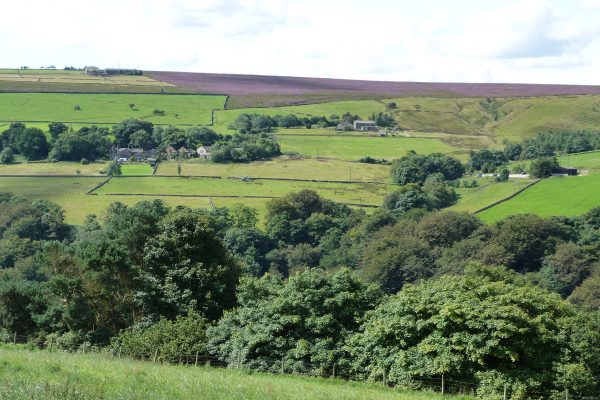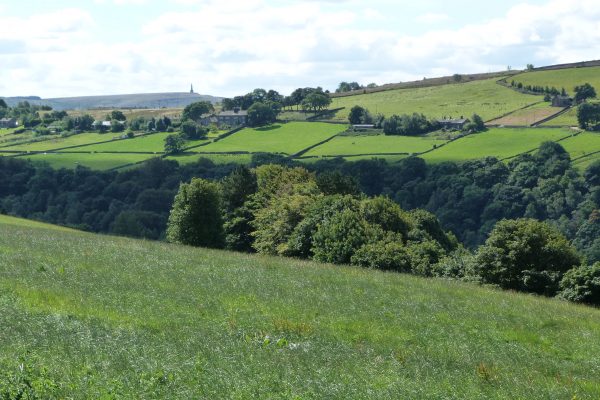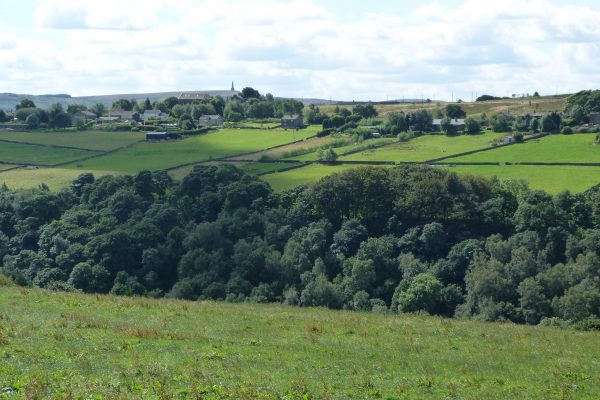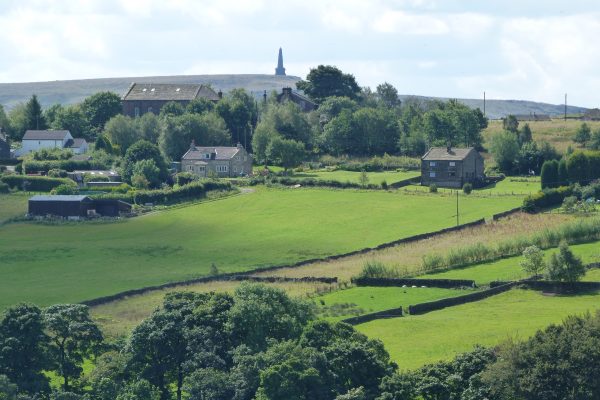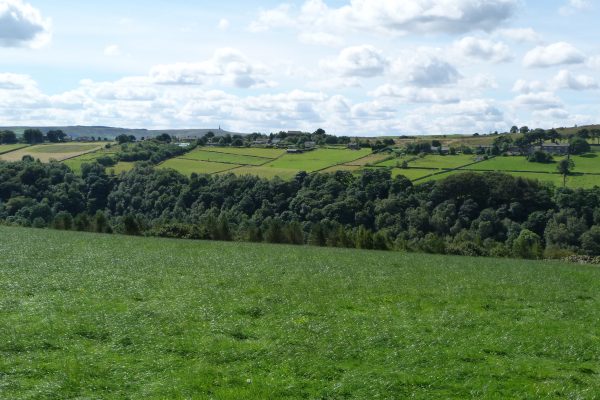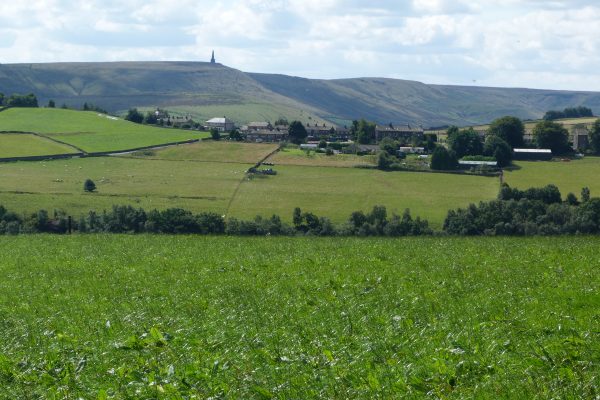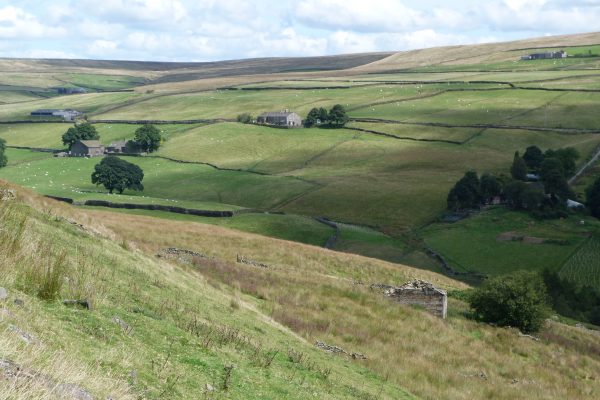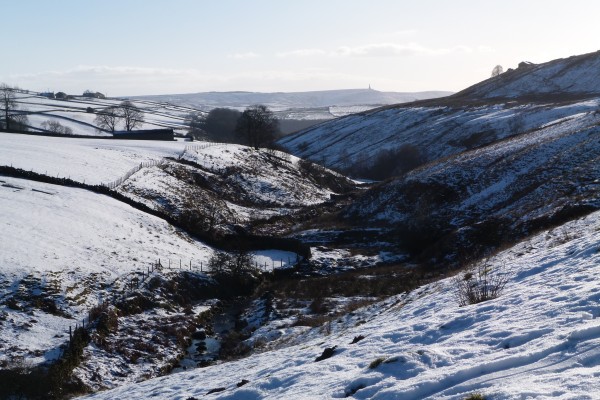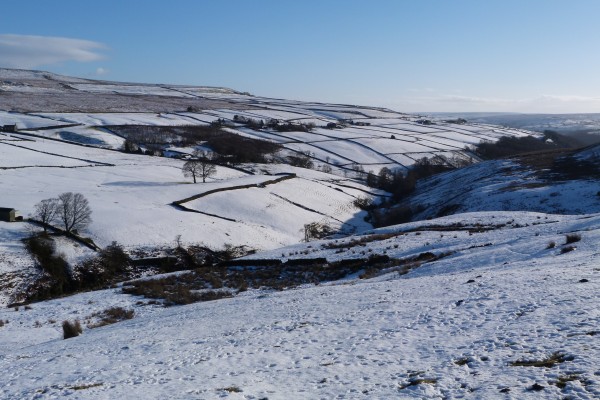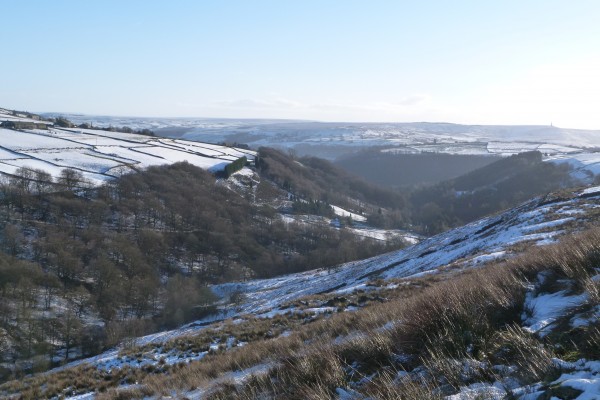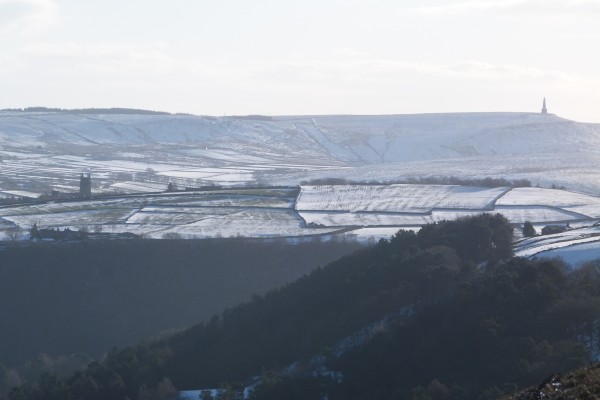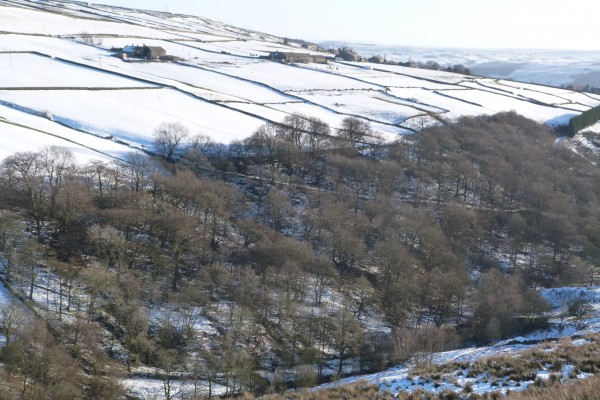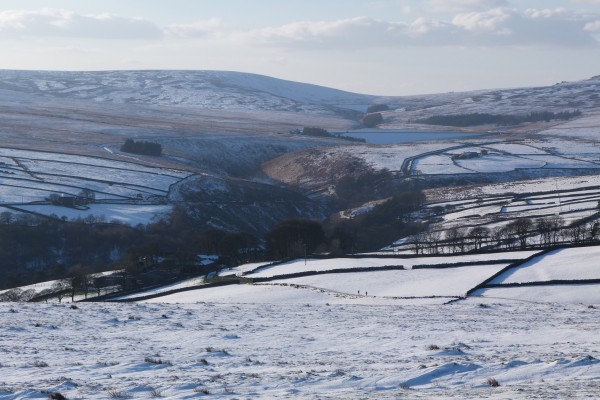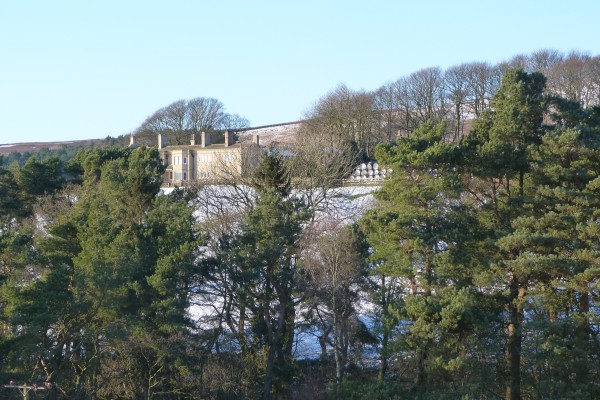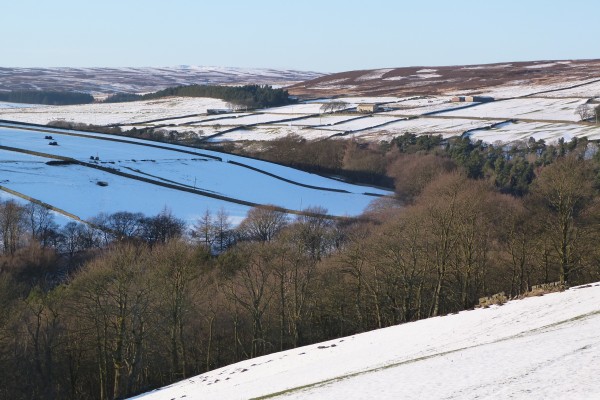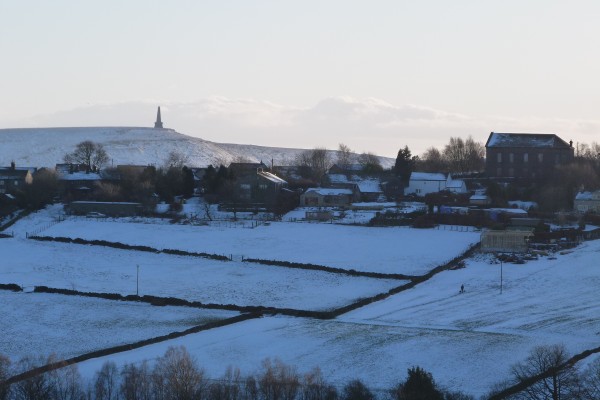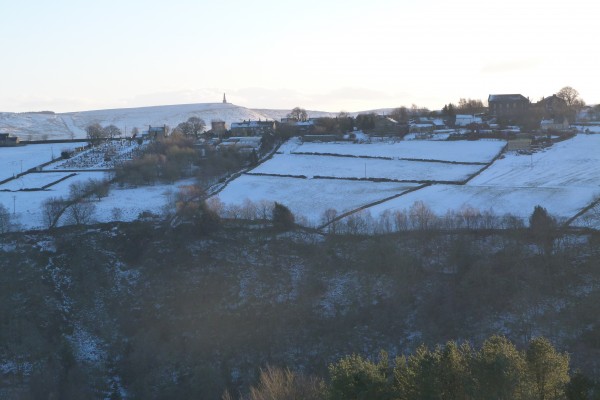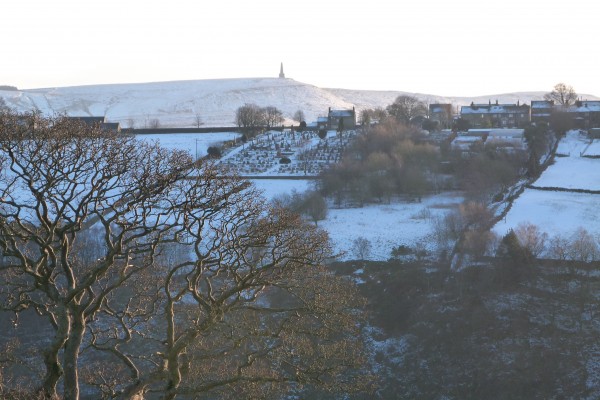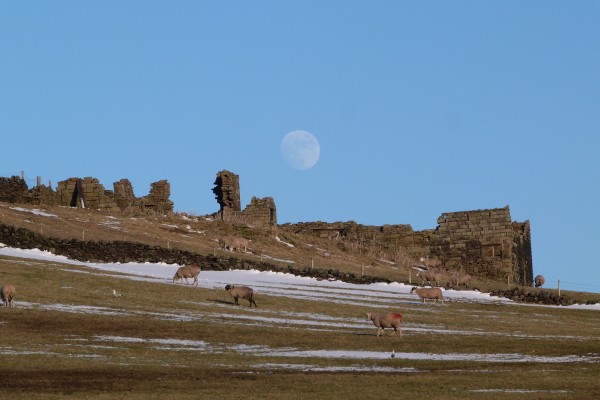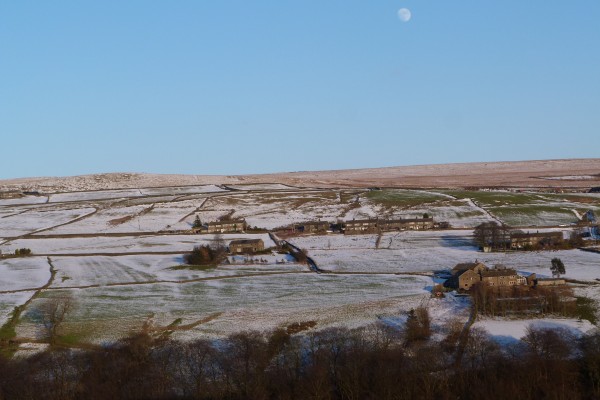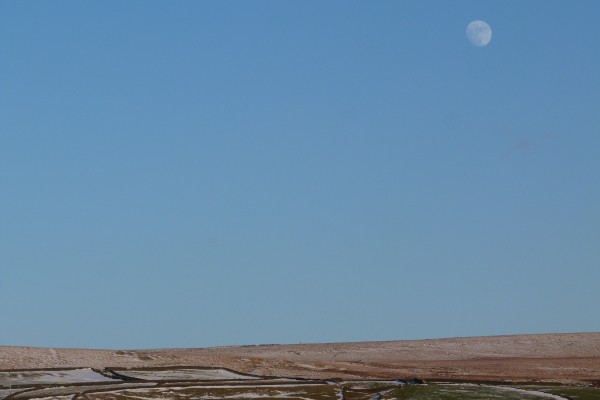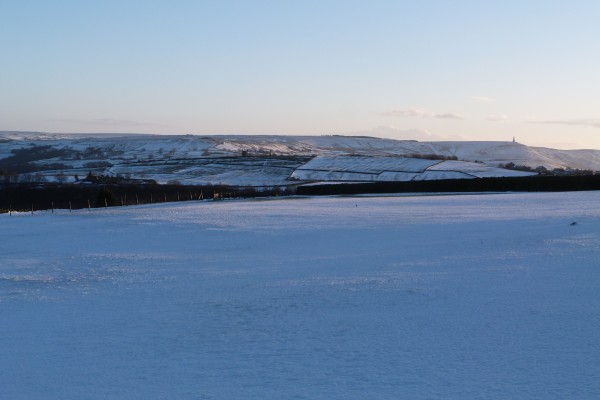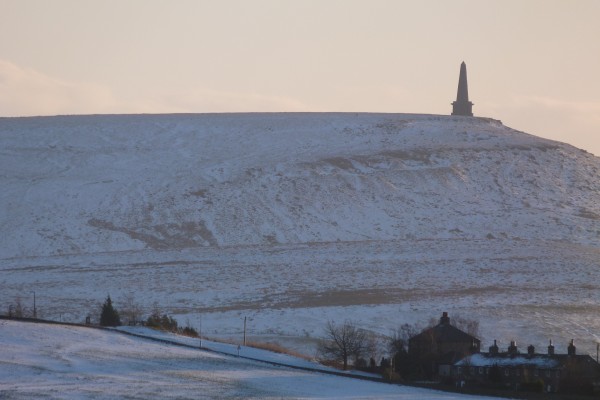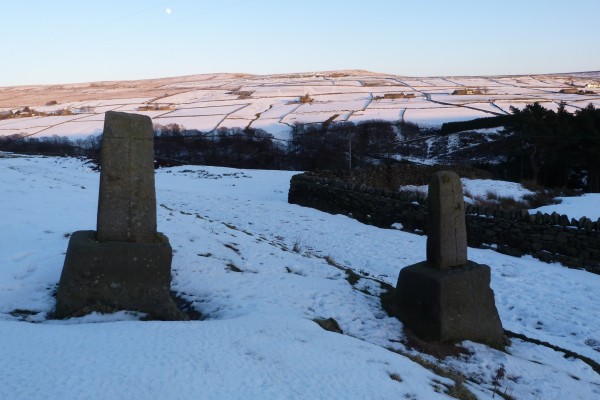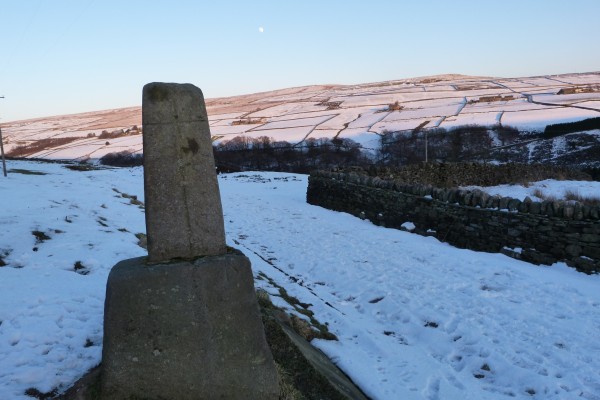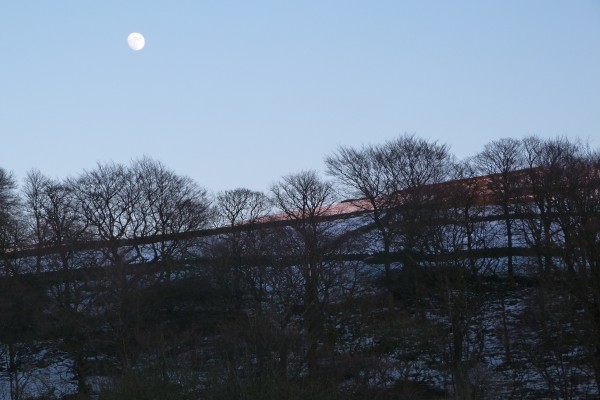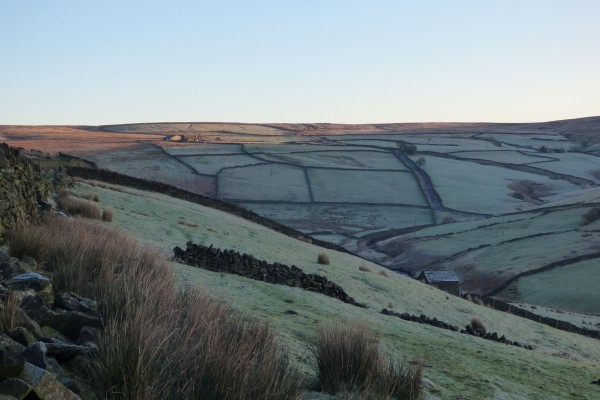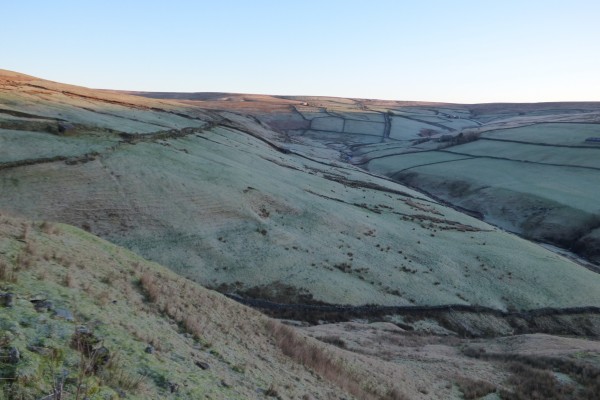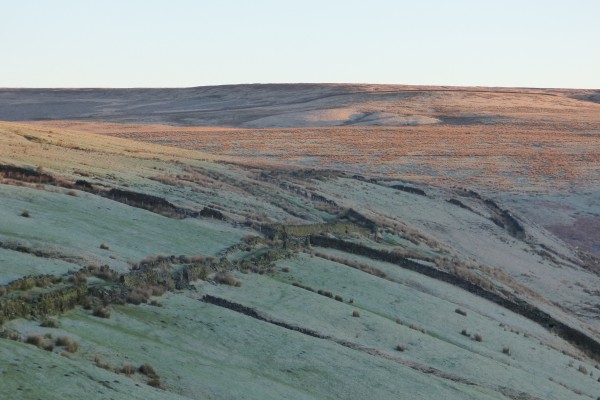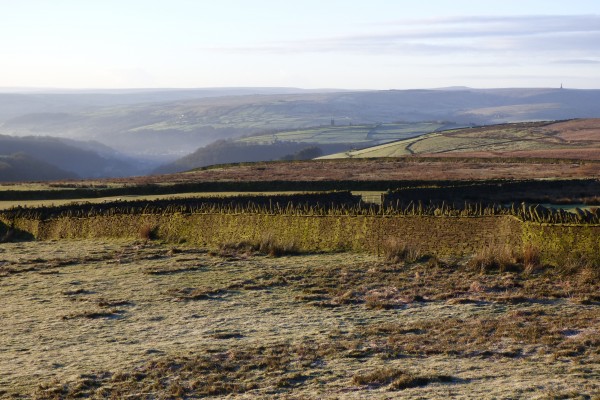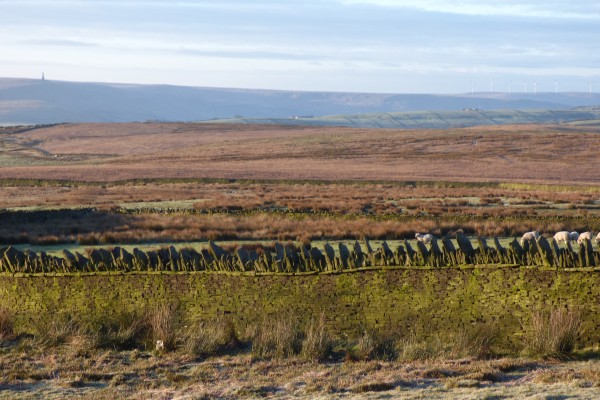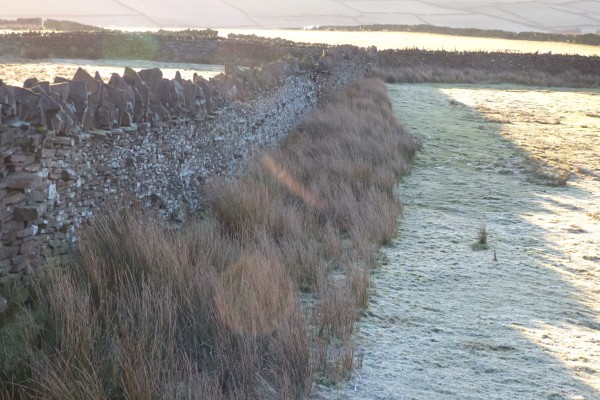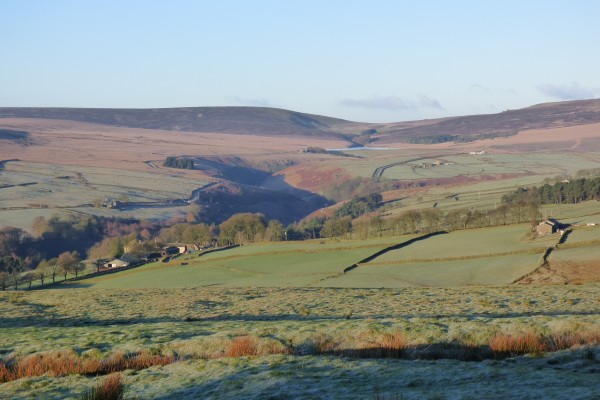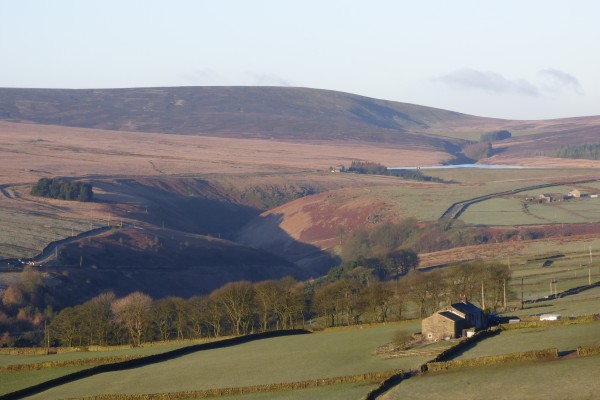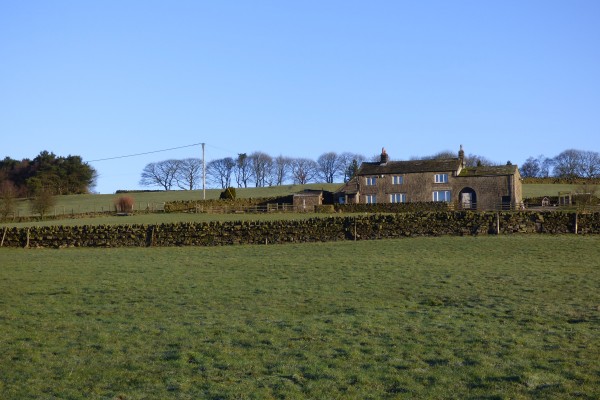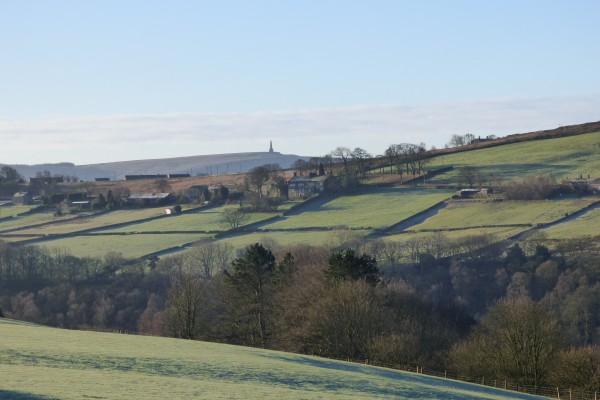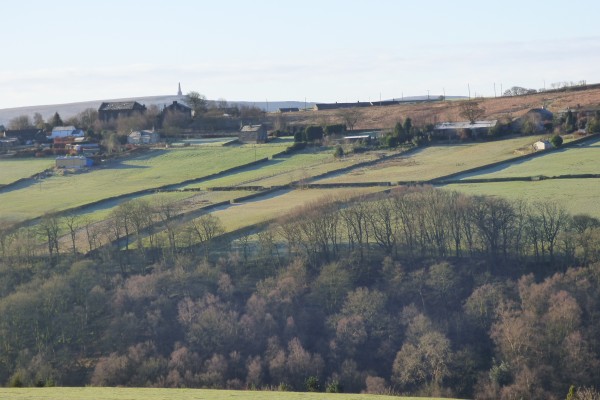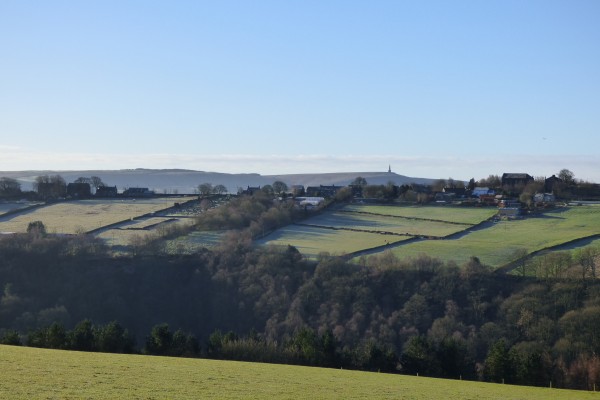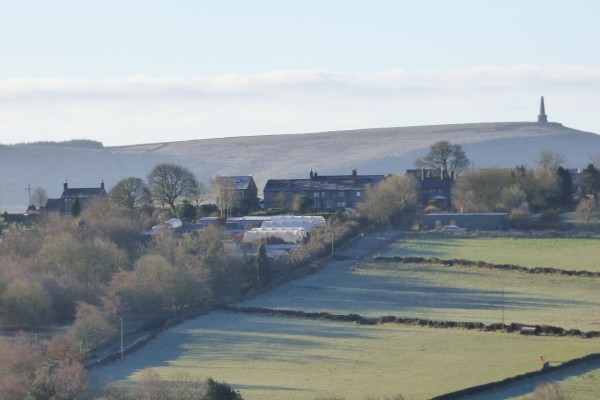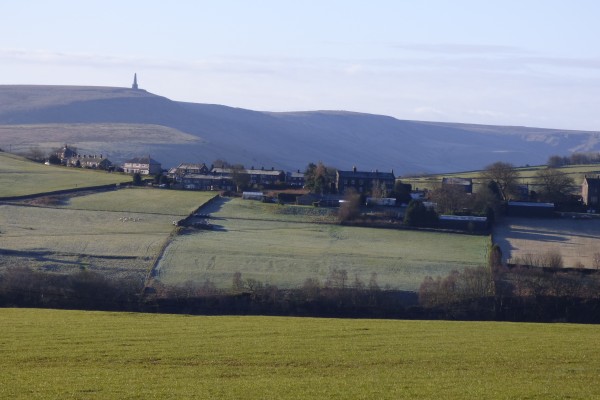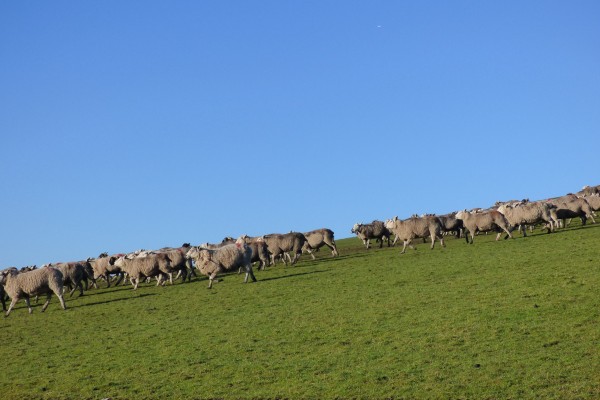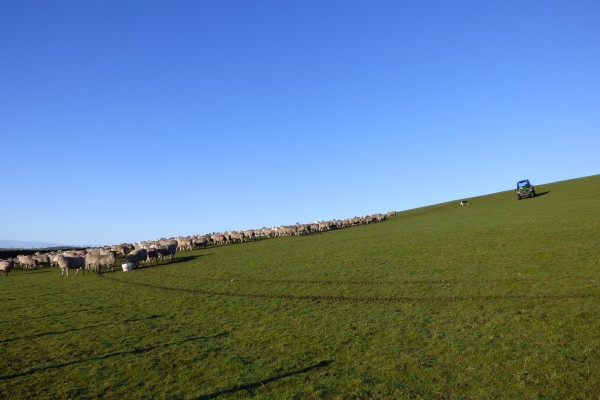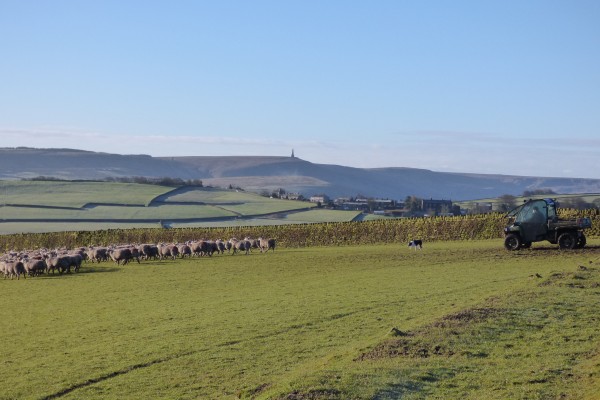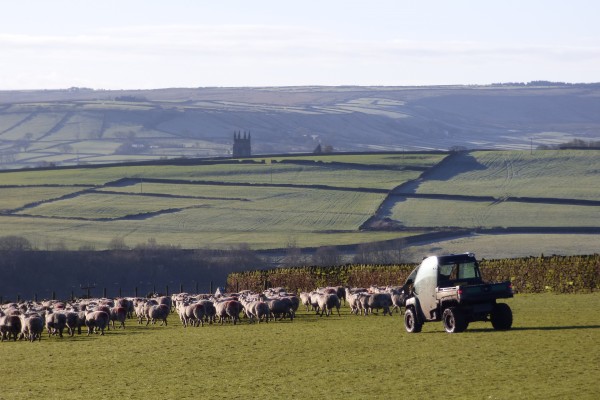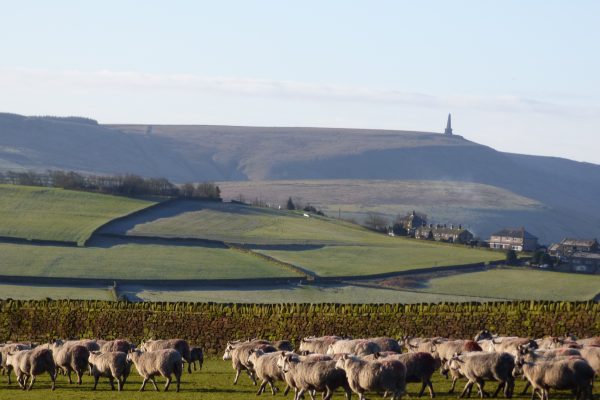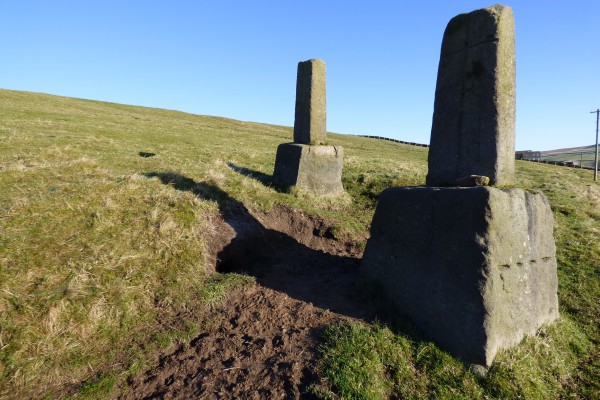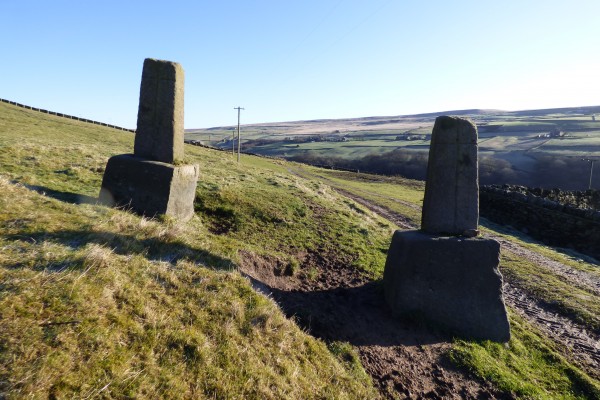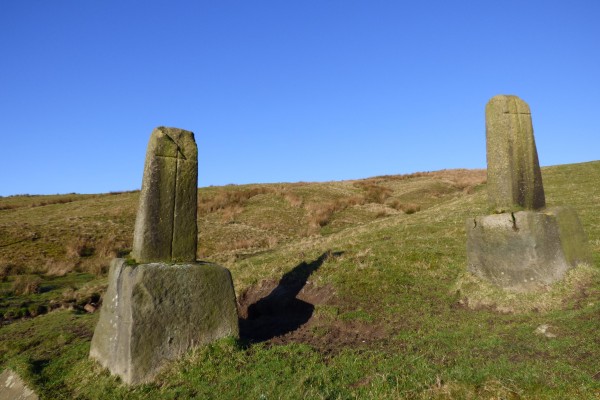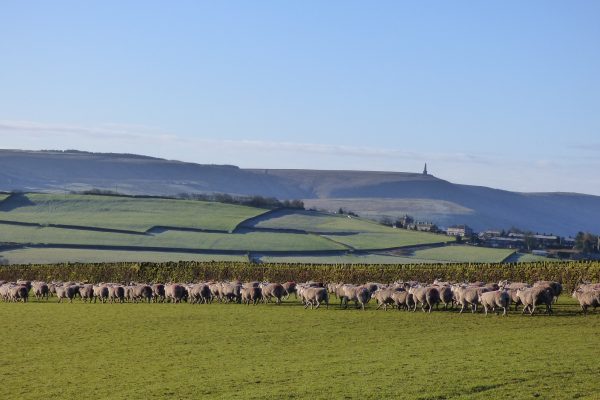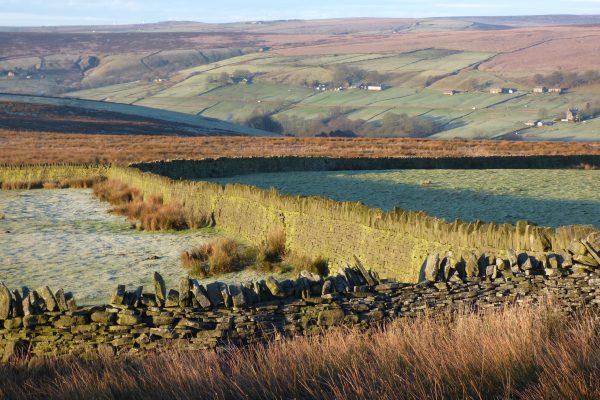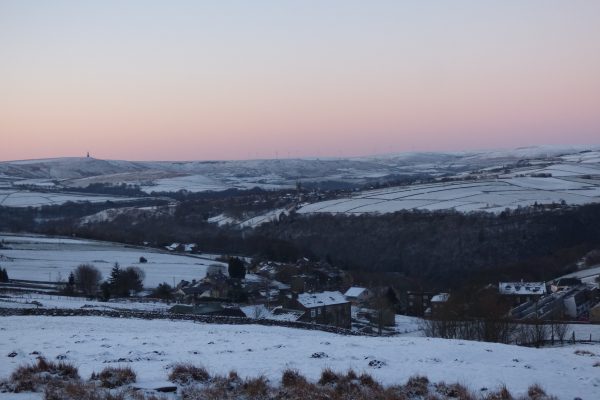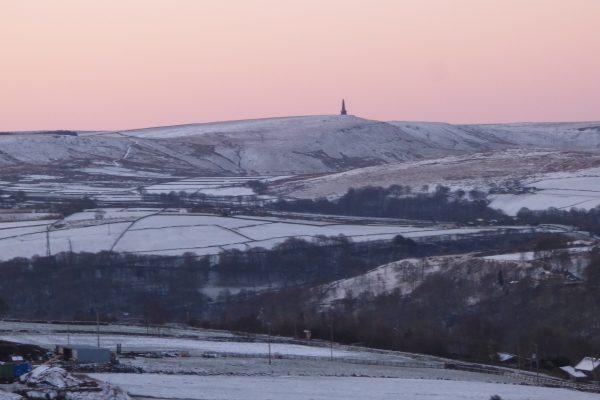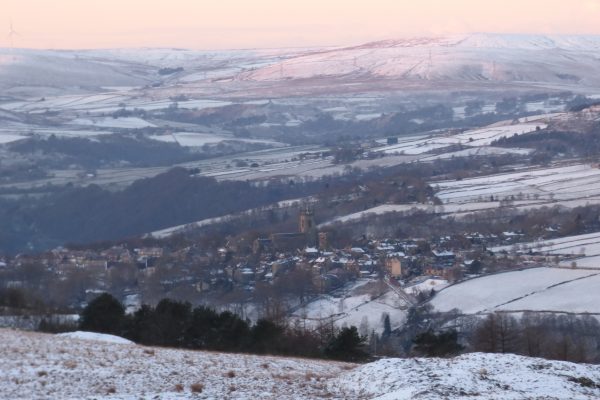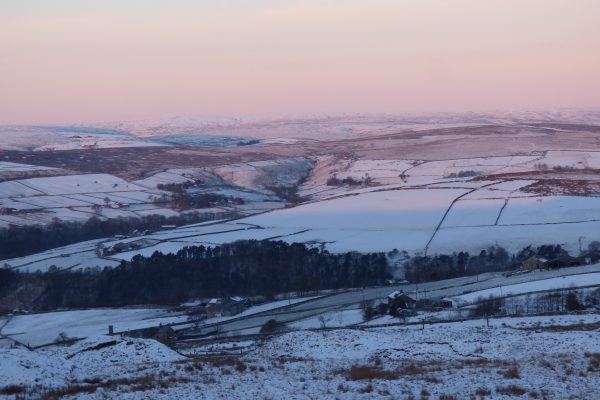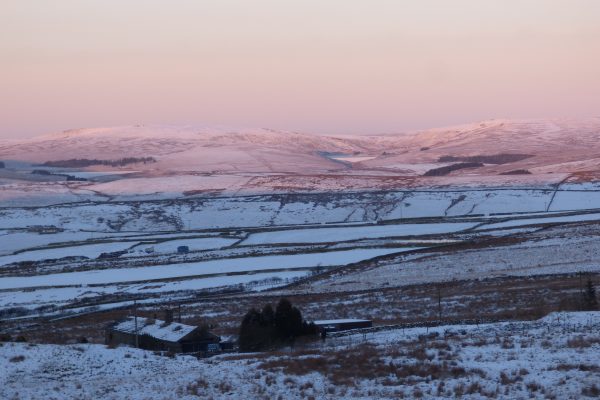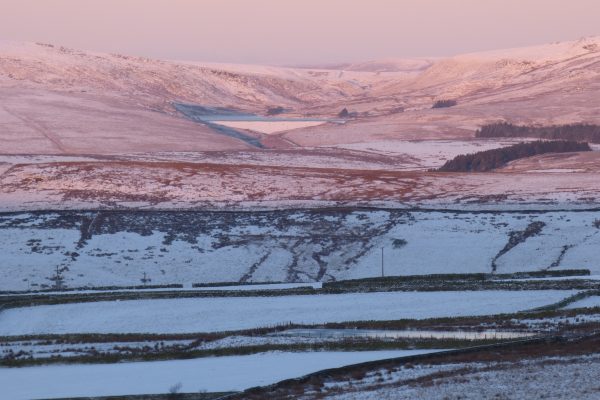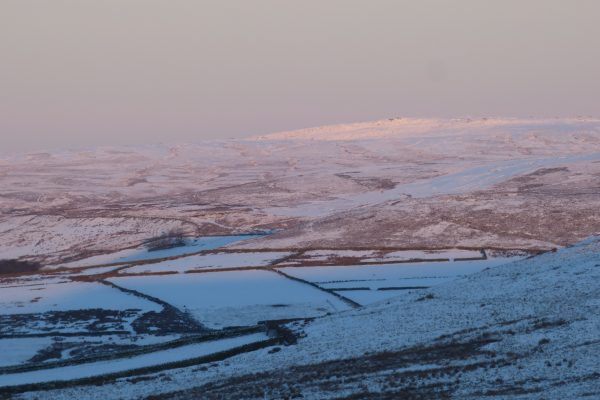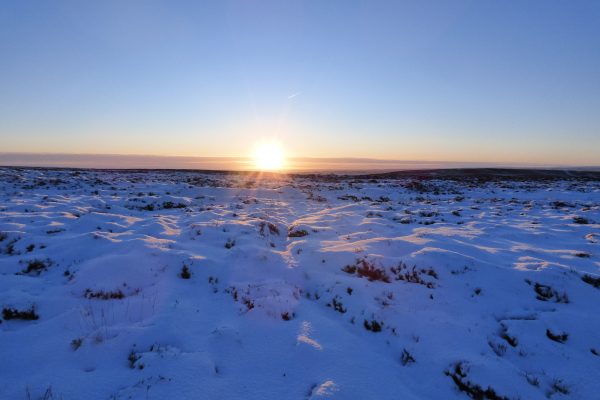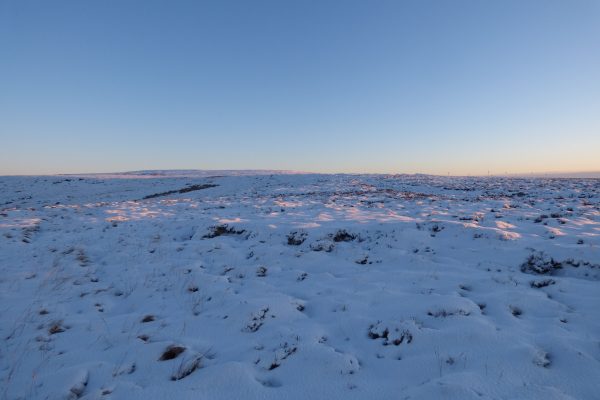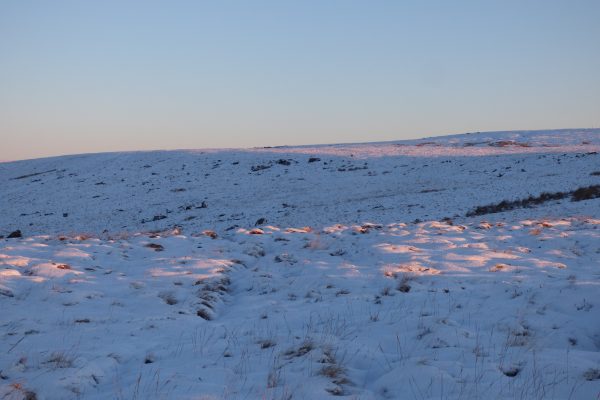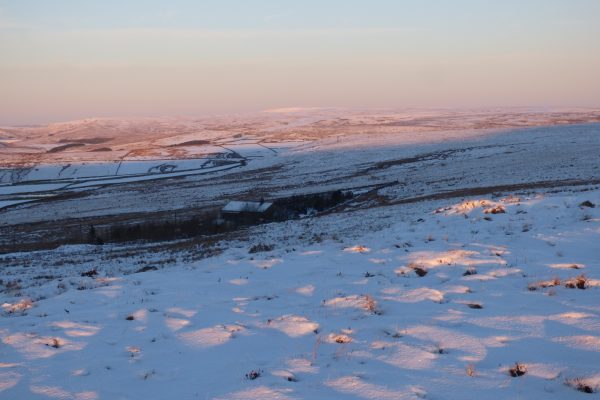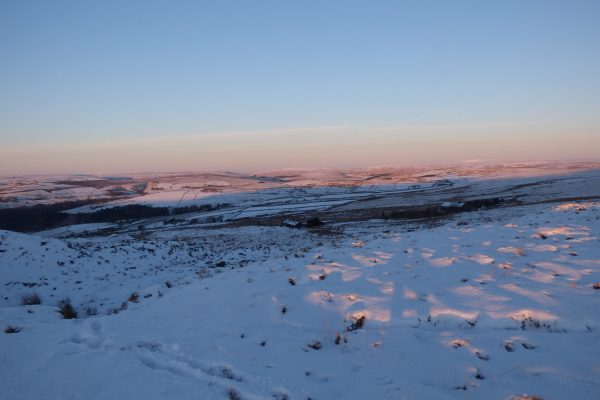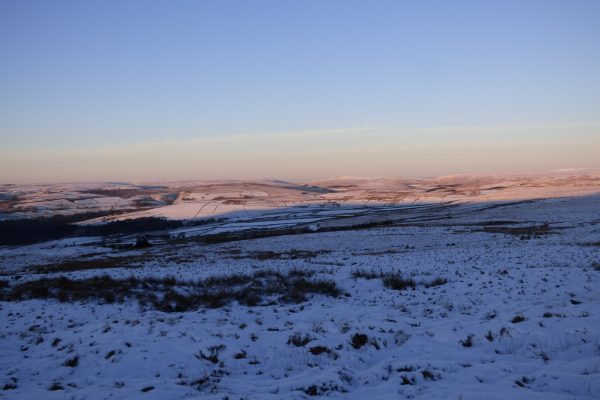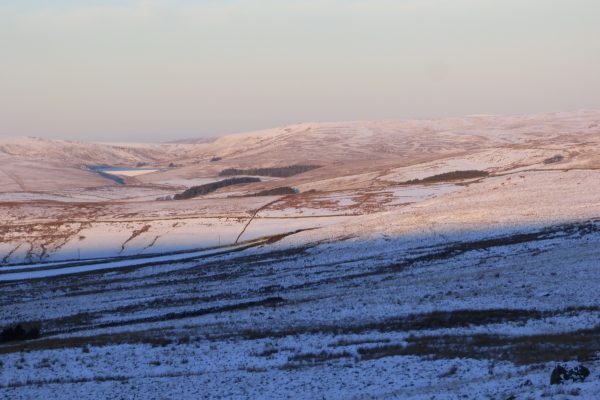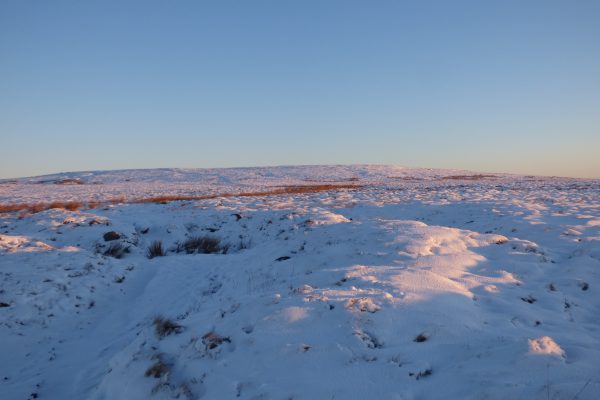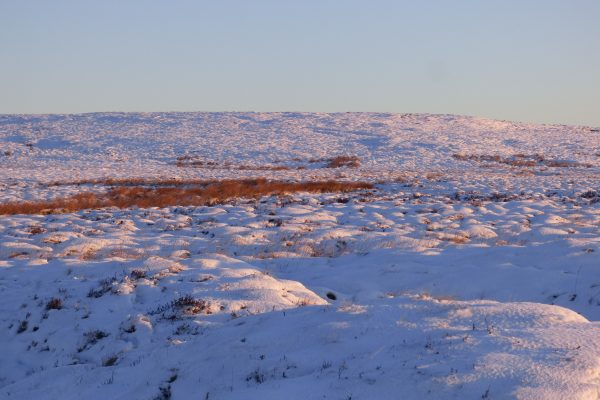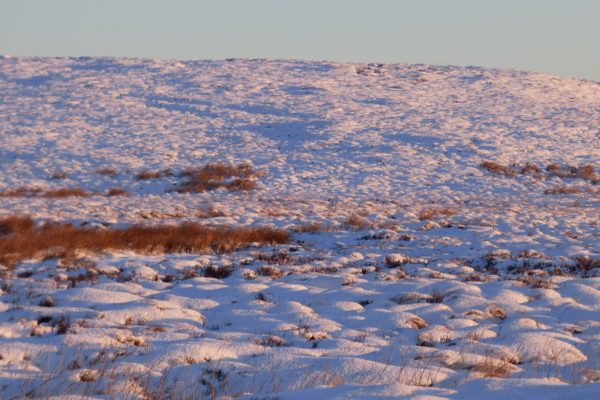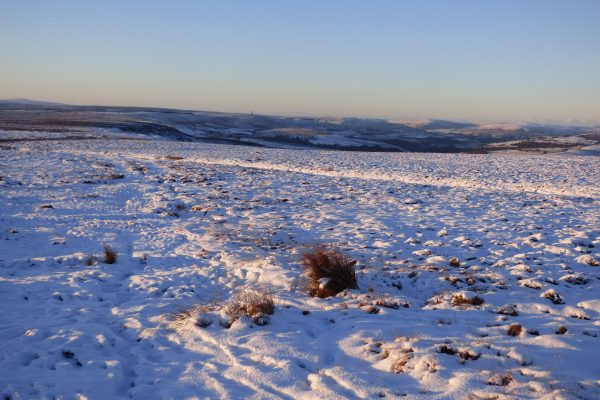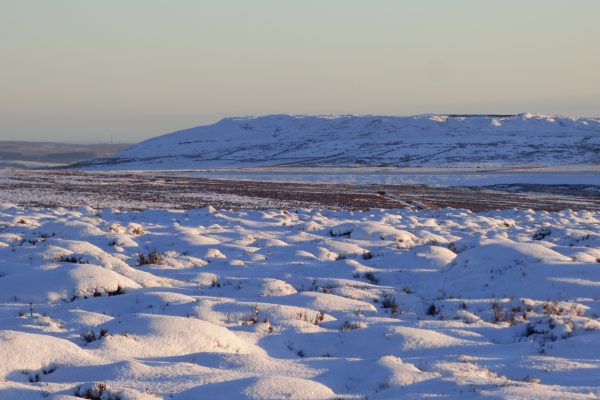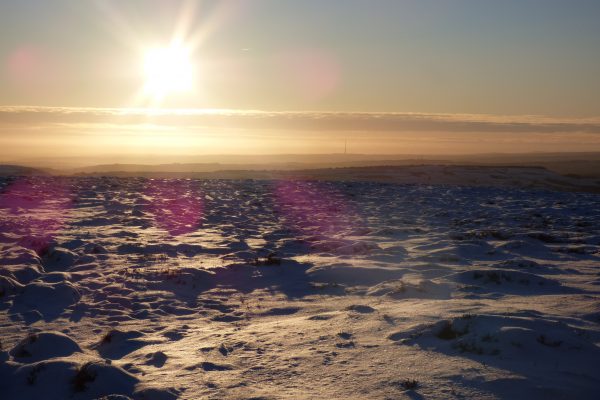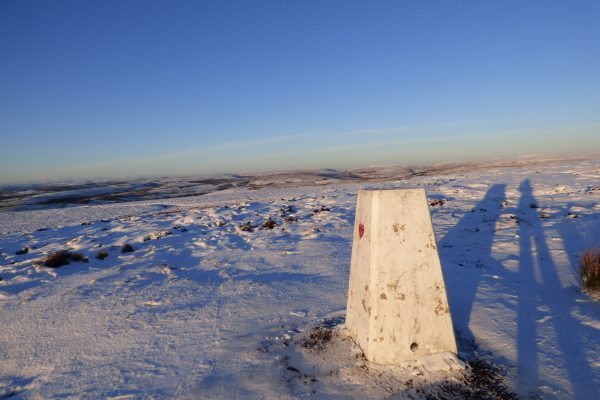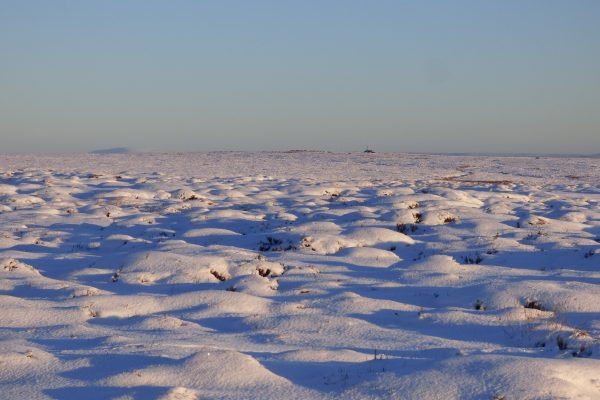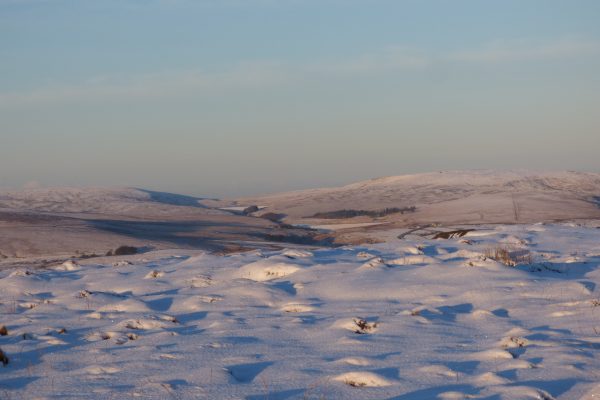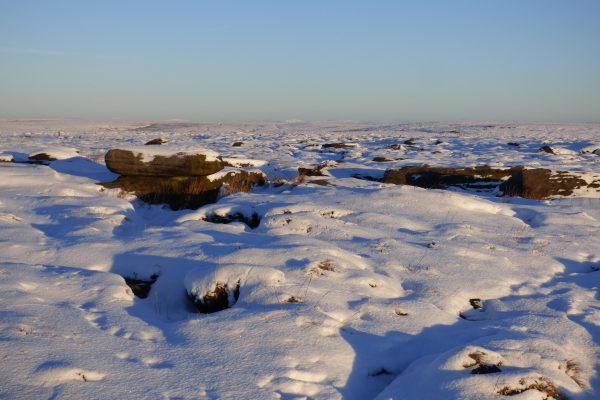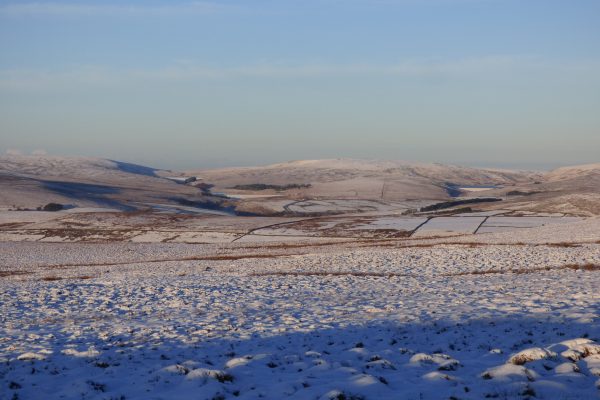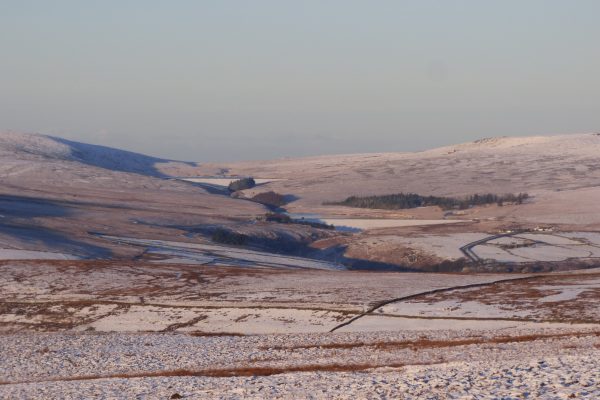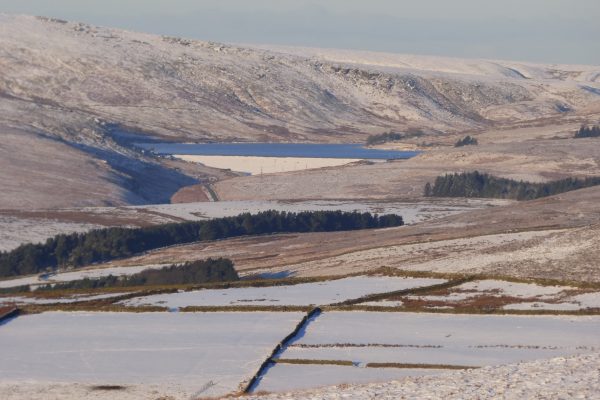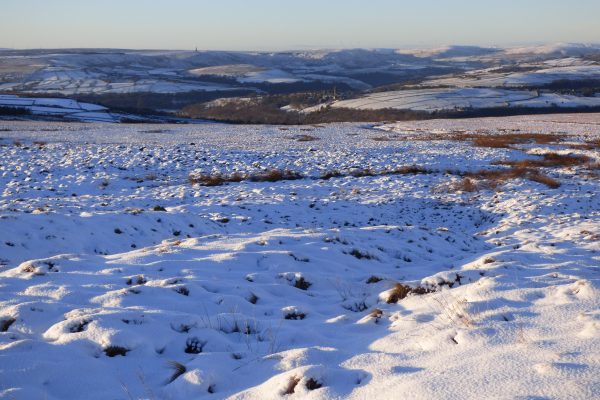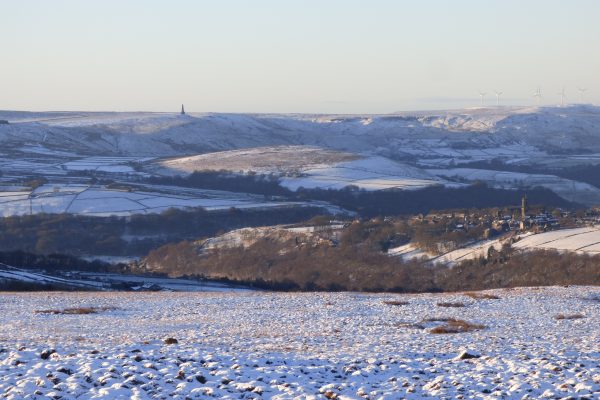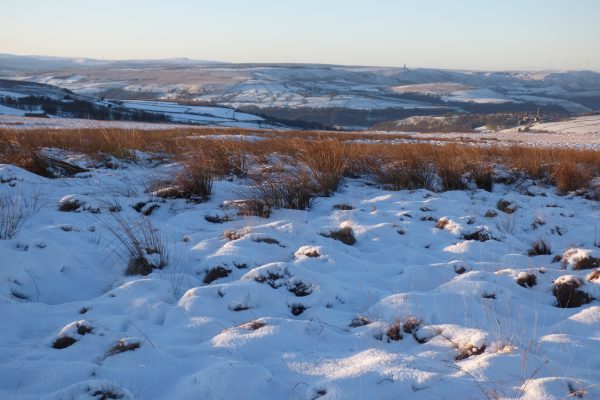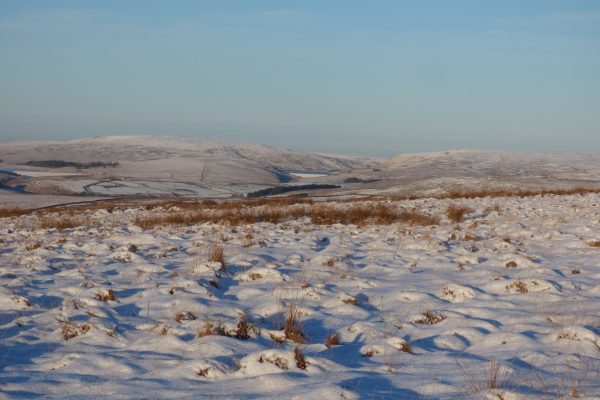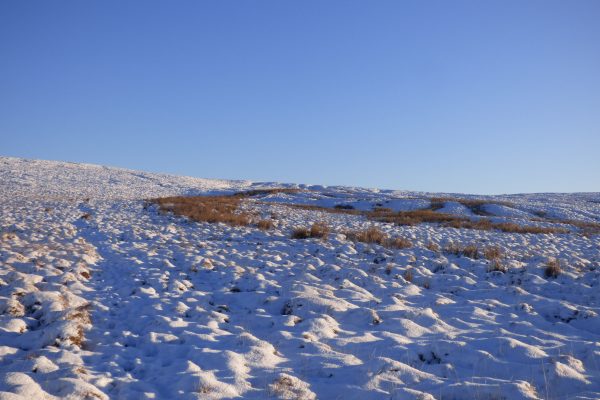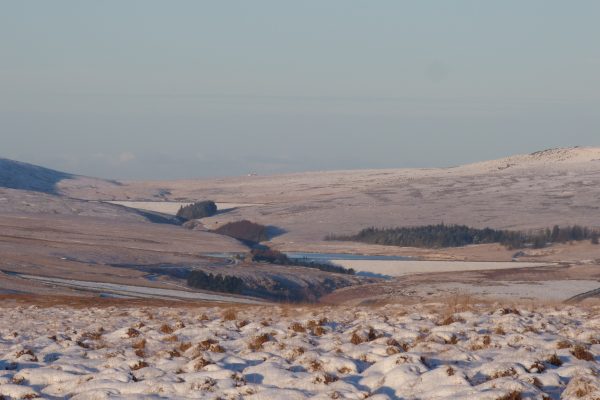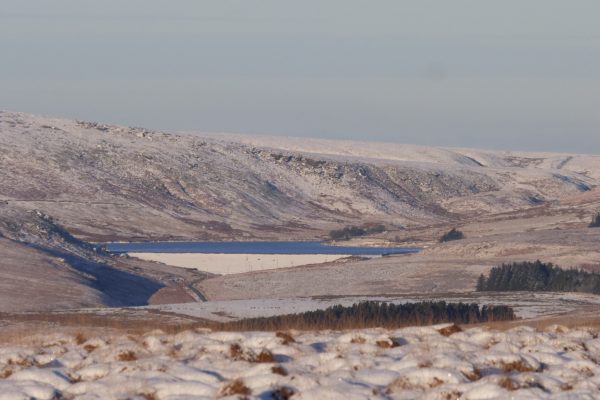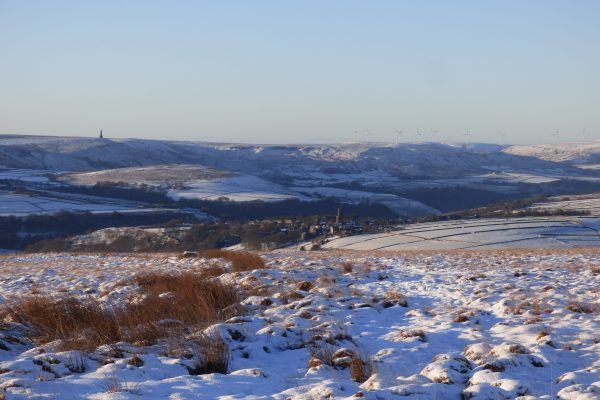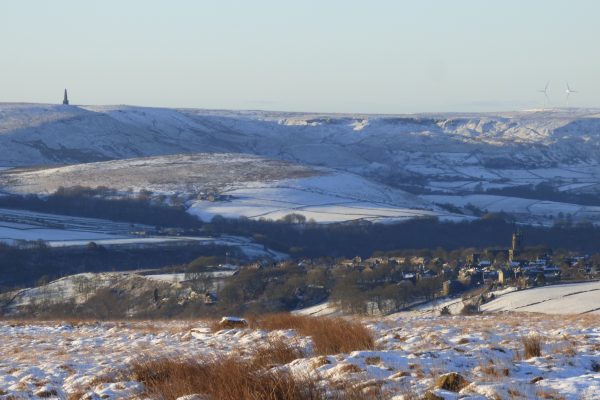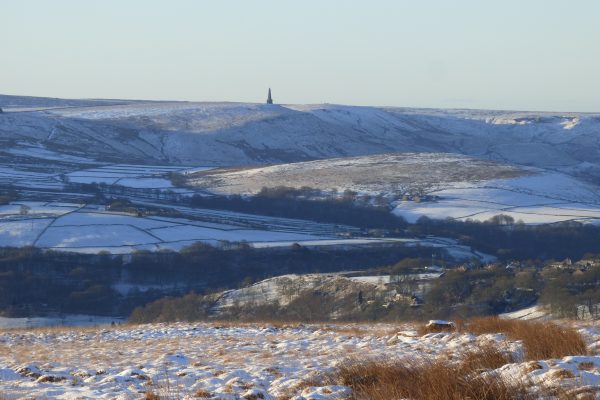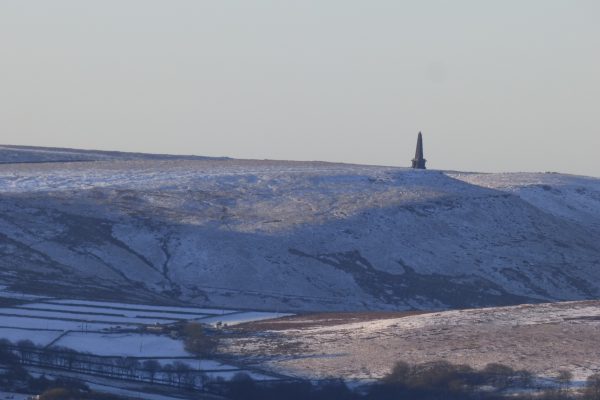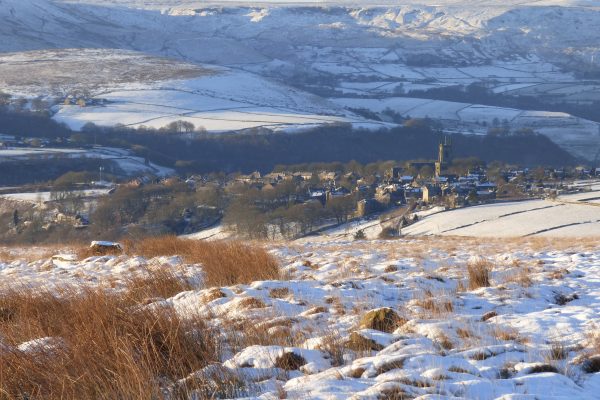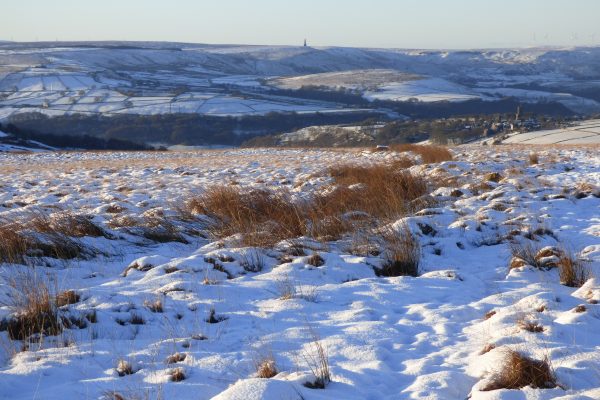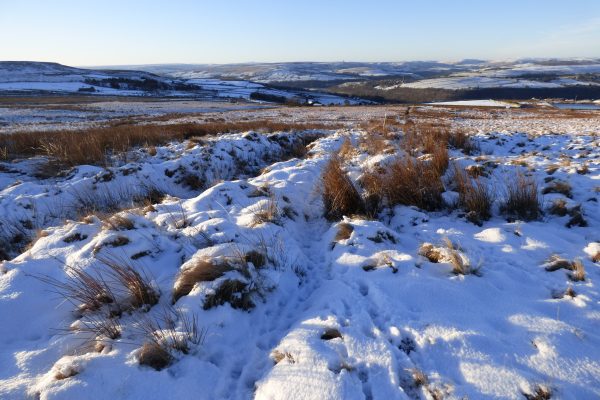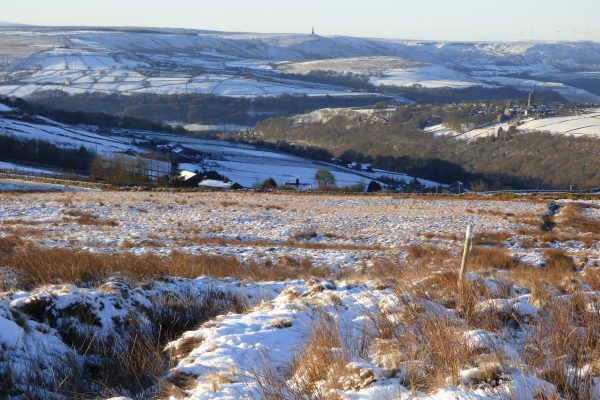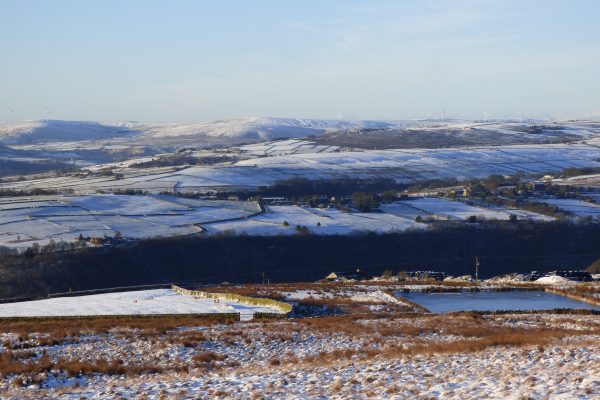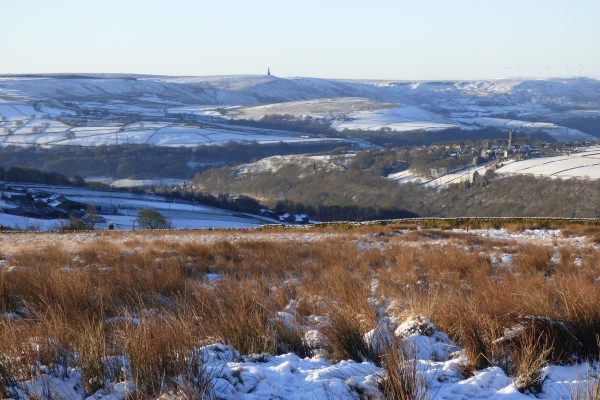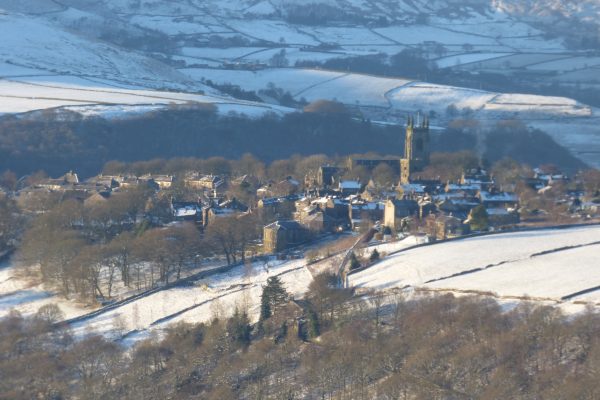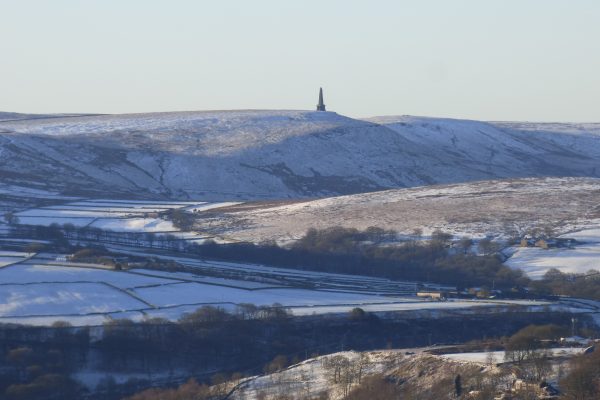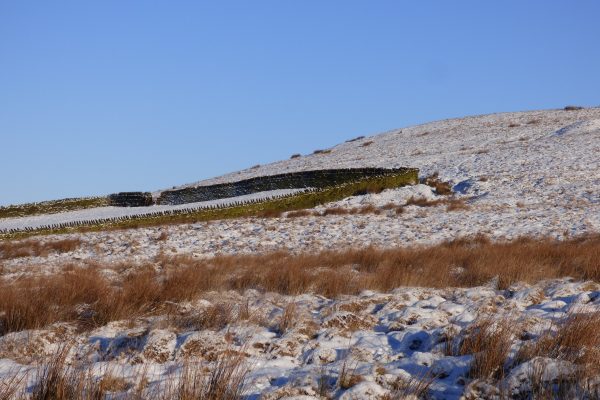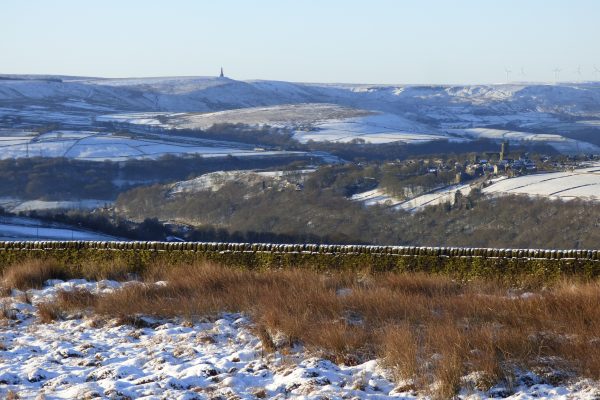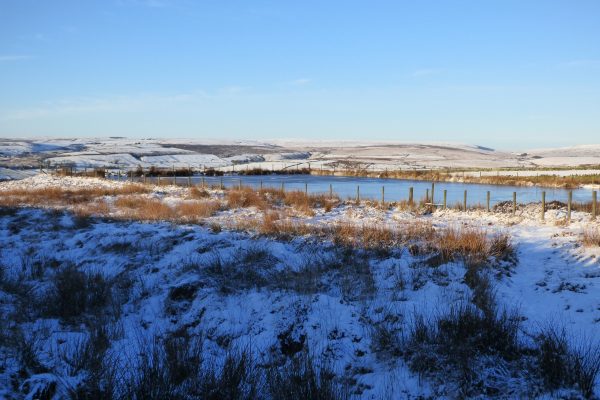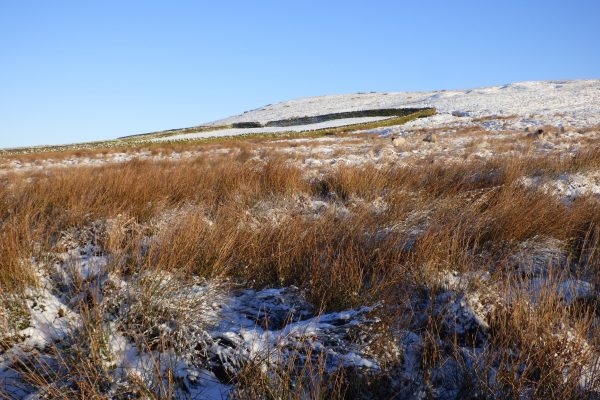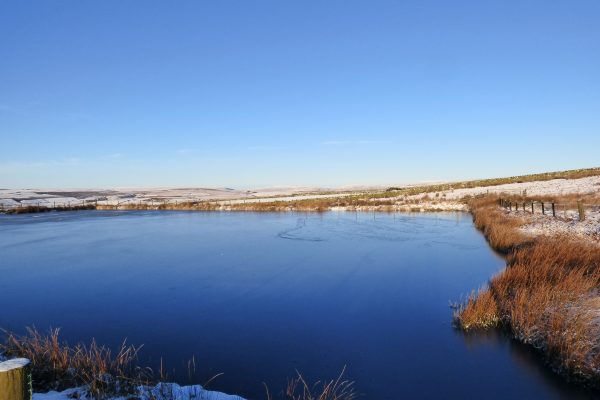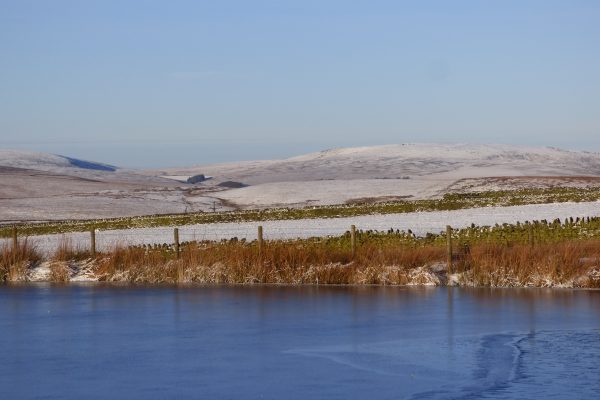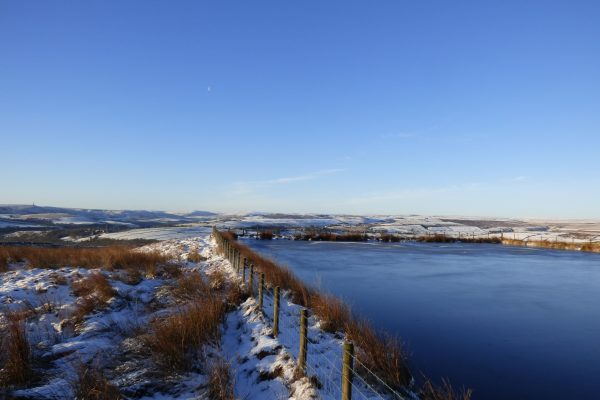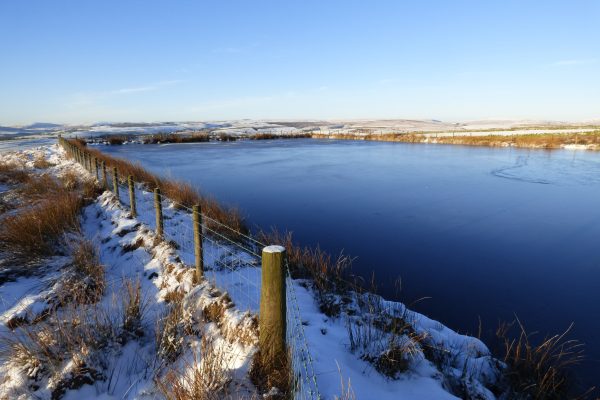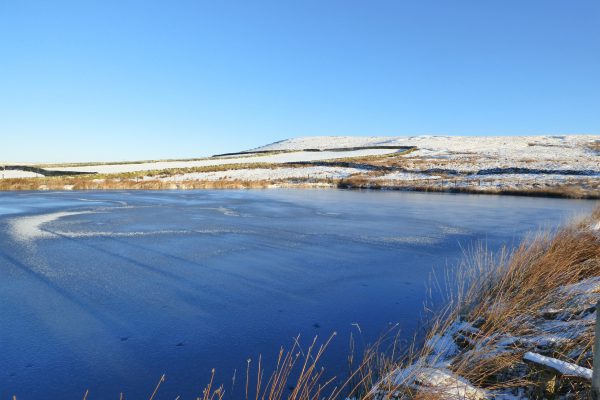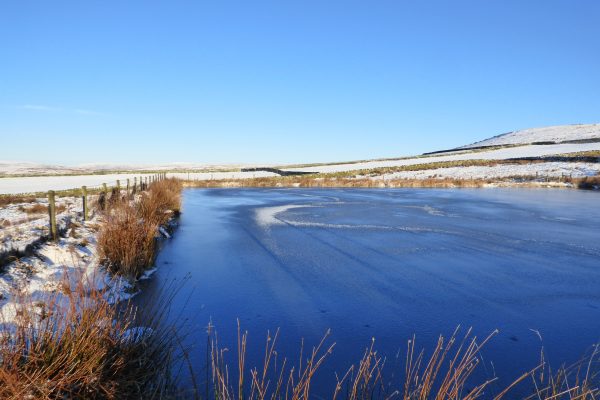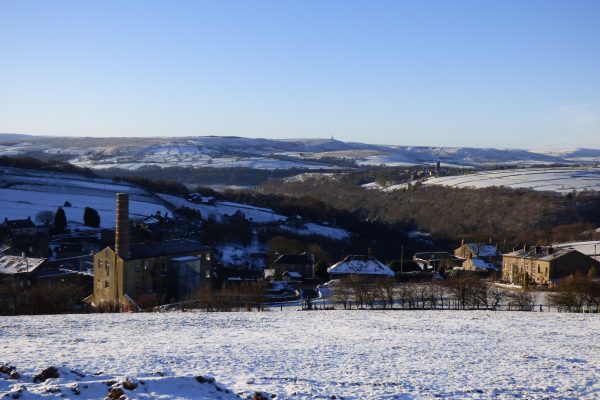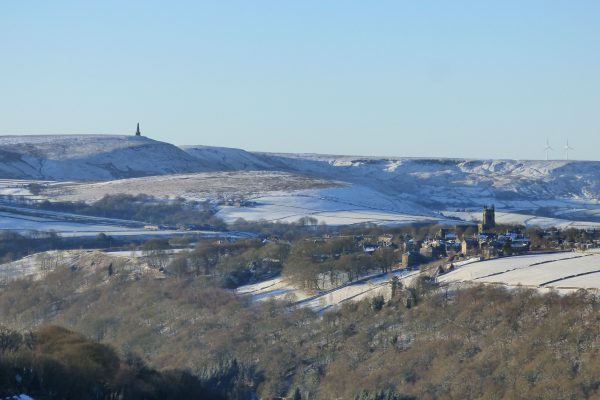Pecket Well – where the hills meet the heavens
Pecket Well is a small village up on ‘the tops’ above Hebden Bridge on the road over to Haworth. After a steep two-mile climb up through the woods you emerge into lush green hay meadows on the shoulders of the hills above Hardcastle Crags. Surrounded by fields, Elmet Farmhouse is in a prime position in the centre of Pecket Well, with breathtaking views towards the ancient village of Heptonstall on the opposite hillside, with the imposing monument of Stoodley Pike on the horizon in the distance.
Grazing in the fields around Pecket Well are sheep, horses and Highland cattle. Higher up above the meadows on the top of the hills are vast expanses of heather moorland. A haze of purple in August when the heather is in full bloom, Wadsworth Moor is a marvellous place for bird-watching. Skylarks, curlews, lapwings and golden plover all nest up here each spring, and the moorland provides a hunting ground for birds of prey, such as kestrels and short-eared owls.
Pecket Well Mill, a cotton weaving mill developed from 1840 onwards, is the chief landmark in the village. The main weaving shed was built in 1858 and the mill chimney with its distinctive red bands is visible for miles around. The mill specialised in fustian, a heavy cotton cloth used for menswear, including fabrics such as corduroy and moleskin. Pecket Well Mill provided the main source of employment in the village for many years and was the last fustian-weaving mill in Hebden Bridge. Weaving continued until 1998. The mill then used for textile storage for a few years before being converted into housing.
Another prominent feature of Pecket Well is the War Memorial, a stone obelisk on the crest of the hill above Hardcastle Crags, echoing the form of Stoodley Pike in the distance. The War Memorial is a gentle stroll from Elmet Farmhouse across the hay meadows. The perfect picnic spot, it has lovely views towards Heptonstall and Shackleton Hill. From here you can drop down to Mideghole via a stone-paved packhorse track through Pecket Well Clough, an area of woodland owned by the National Trust adjoining the main estate of Hardcastle Crags.
© Text and images copyright Lesley Jackson
Crimsworth Dean – the secret valley
Crimsworth Dean is a beautiful secluded valley branching off to the left just beyond the village of Pecket Well. Partly owned by the National Trust, it’s close to Hardcastle Crags but is much quieter and less well known. We call it ‘the secret valley’ because it’s full of hidden delights.
The bottom end of Crimsworth Dean is steep and wooded, much frequented by roe deer. Running alongside the river is a series of old water courses and ponds, originally used to channel and store water for the mills lower down in the valley. In May the woods in Crimsworth Dean are full of bluebells and wild garlic. Autumn is equally spectacular as the beech trees turn from green to gold.
Crimsworth Dean used to be the main route to Haworth for centuries but was later superseded by a turnpike road running higher up over the moors. The Haworth Old Road, as it is still known, now peters out to a track at the top end of the valley after Grain Water Bridge. Half way along the valley, the path emerges from the woods into bracken and rough pasture.
A haven for wildlife, Crimsworth Dean attracts a diverse array of birds, from oyster catchers, green woodpeckers and meadow pipits to goldfinches, kingfishers and barn owls. Buzzards circle overhead and curlews and lapwings arrive each spring to nest and rear their young on the lower fringes of the moors.
Crimsworth Dean held great potency for Ted Hughes and features prominently in Remains of Elmet, a collection of poems about his formative early years in the Upper Calder Valley. This was where he roamed as a child and it was here that he developed his fascination with the natural world. Remains of Elmet also includes a poem about Abel Cross, a pair of coffin stones in Crimsworth Dean. Published in 1979, Remains of Elmet was a collaboration with photographer Fay Godwin, whose powerful black and white images evocatively capture the austere beauty of the surrounding landscape.
The photographer Martin Parr, who lived in Hebden Bridge during the 1970s, was also inspired by Crimsworth Dean. In his case it was the scattered farming community in this remote valley that interested him, particularly the dwindling elderly congregation of Crimsworth Dean Methodist Chapel. His photographs from this period were published in a book called The Non-Conformists in 2013 with a commentary by his wife Susie Parr, who lived in Pecket Well at the time.
Crimsworth Dean is still a tranquil unspoilt valley with remarkable wildlife, but it’s also a place of great cultural significance whose unique atmosphere has captured the imagination of two major photographers – Fay Godwin and Martin Parr – and one of our greatest poets- Ted Hughes.
Fifty shades of green
An early morning walk around the top end of Crimsworth Dean via Lumb Falls, starting at Grain Water Bridge, 15 June 2015
Looping the Loop: Crimsworth – Walshaw – Hardcastle Crags
Walkers are spoilt for choice in the countryside around Elmet Farmhouse, with its dramatic and varied landscape and the dense network of paths. On a fine clear day, there’s no better hike than the Crimsworth Walshaw Loop, a high level walk up on ‘the tops’ with glorious views of wooded valleys, hilltop hay meadows and rolling heather moors. Spring, summer, autumn or winter, if the sun is shining, this is the place to be.
These photos record an extended version of the Crimsworth Walshaw Loop in mid August when the heather moorland is in full bloom and turns a rich deep purple. The walk begins at Grain Water Bridge at the far end of Crimsworth Dean, then veers off up the hill over to Walshaw. After dropping down to Walshaw Lodge, it climbs up over Walshaw Moor to the string of reservoirs at Walshaw Dean, where it joins the Pennine Way.
On meeting Alcomden Water, the route follows a track for several miles from Blake Dean to Shackleton Hill, with ravishing views across Hardcastle Crags towards Slack Heptonstall, with Stoodley Pike in the distance. Eventually it meets a footpath which curves back round through Crimsworth Dean.
Inspiring and invigorating, this has got to be one of the best walks in the Yorkshire Dales.
© Text and images copyright Lesley Jackson
Winter Wonderland
A late afternoon walk from Crimsworth Dean to Walshaw, with views of Hardcastle Crags and Stoodley Pike, 1 February 2015
A whiter shade of pale
A horsehoe-shaped walk from Crimsworth Dean over the moor to Walshaw, then looping back on a high track above Hardcastle Crags to Crimsworth. Perfect clear frosty morning on 23 February 2016 between 7.30 and 9.30 am.
Pecket Well Peregrination – Limers Gate
An invigorating early morning hike from Elmet Farmhouse to watch the sunrise on Limers Gate above the village of Pecket Well. Crisp snow, blue skies and pinkish light on the hills beyond Crimsworth Dean.
Initially climbing up onto Wadsworth Moor along Deer Stones Edge, then up to the trig point at High Brown Knoll, which has been painted with a red heart. From here, walking along Limers Gate in fairly deep snow, the path rather difficult to follow. Amazingly clear views all the way to Upper and Lower Gorple Reservoirs and beyond to Widdop Reservoir, the dam clearly visible covered in snow and the water bright blue.
Dropping down off the ridge to Wilcock Dam, wonderful colour contrasts between the orange grass and the pristine white snow, the dam astonishingly vivid blue. Sublime views of Heptonstall and Stoodley Pike during the descent to Pecket Well.
7 February 2018
© Text and photos copyright Lesley Jackson






